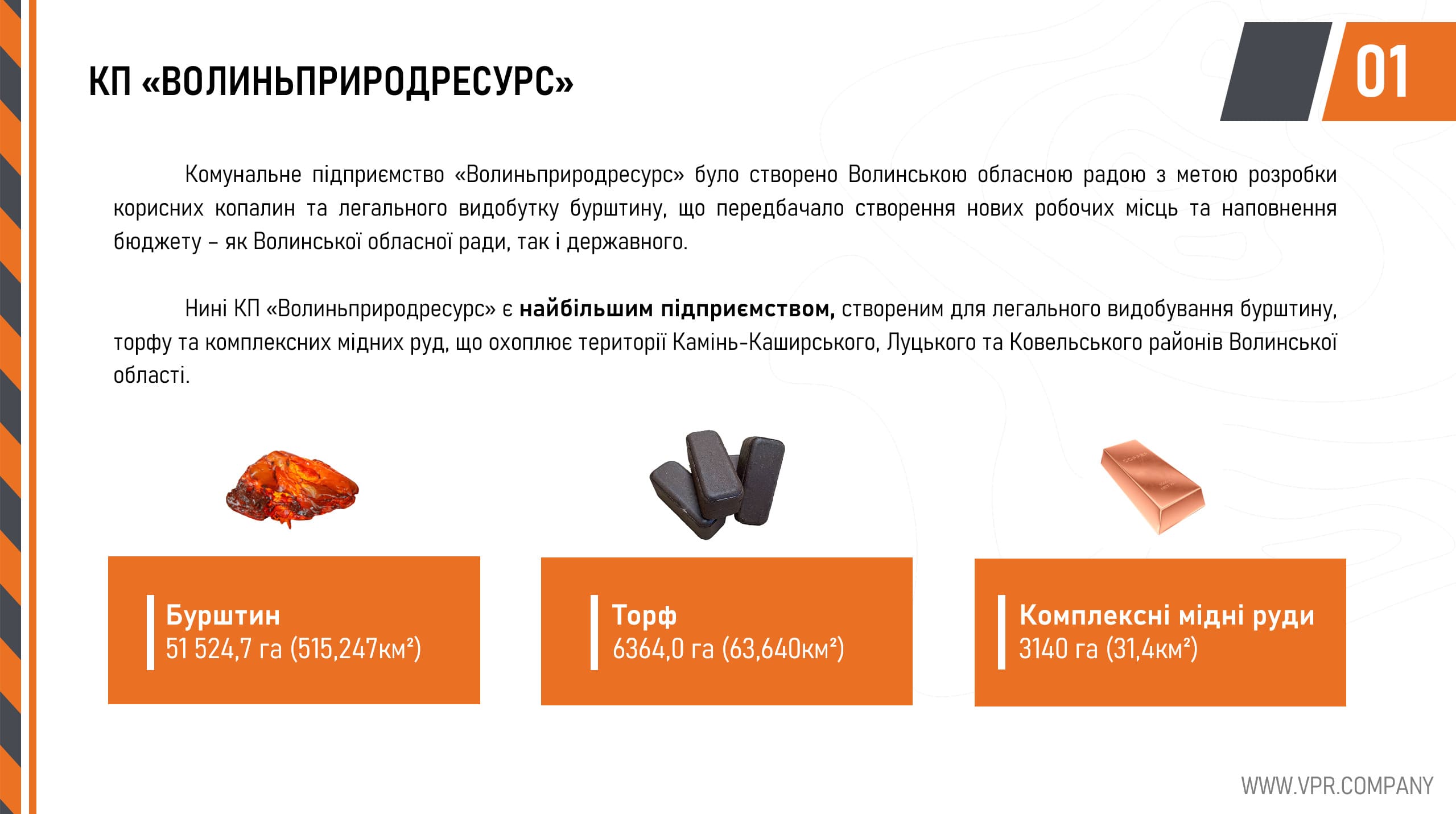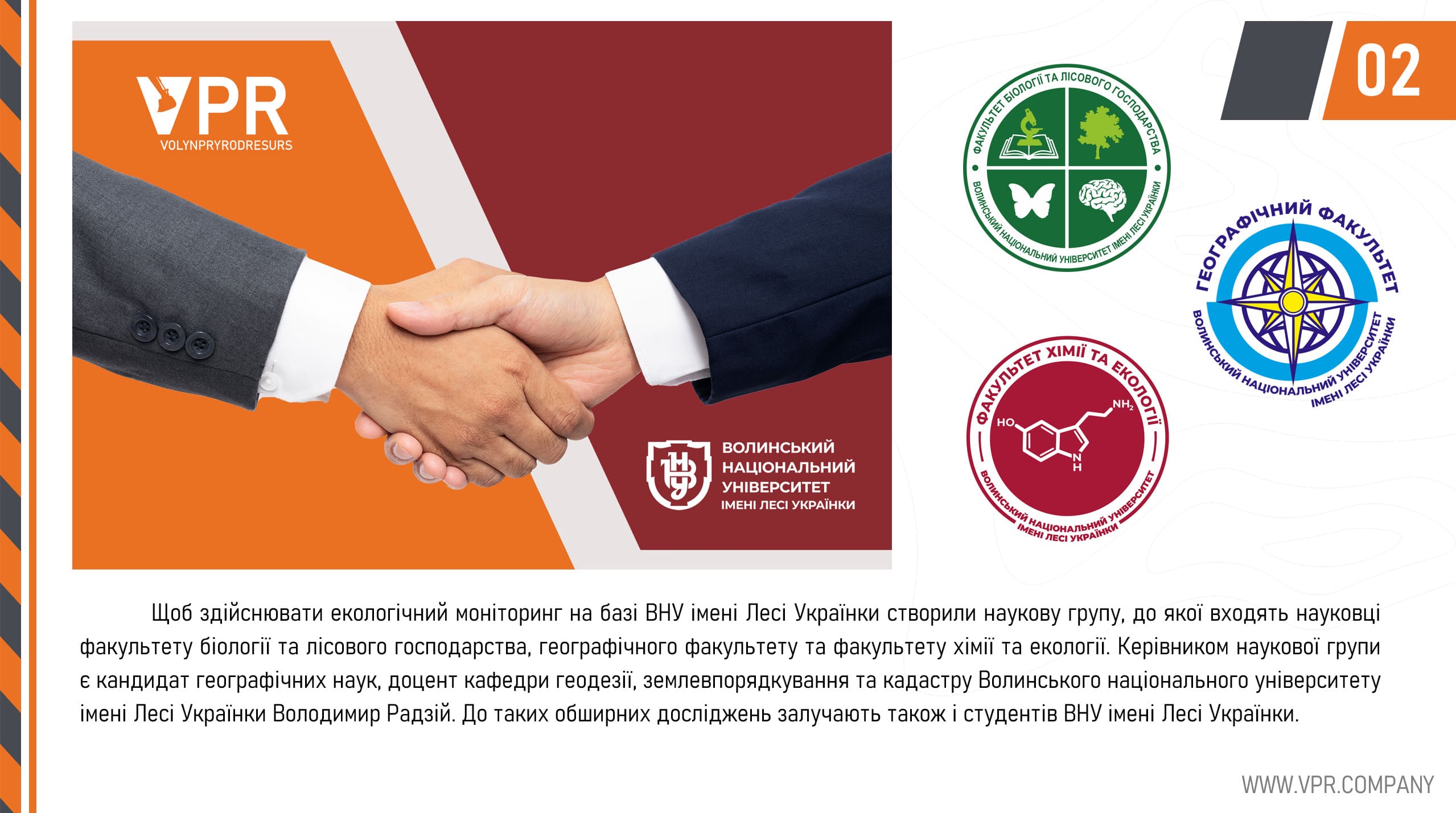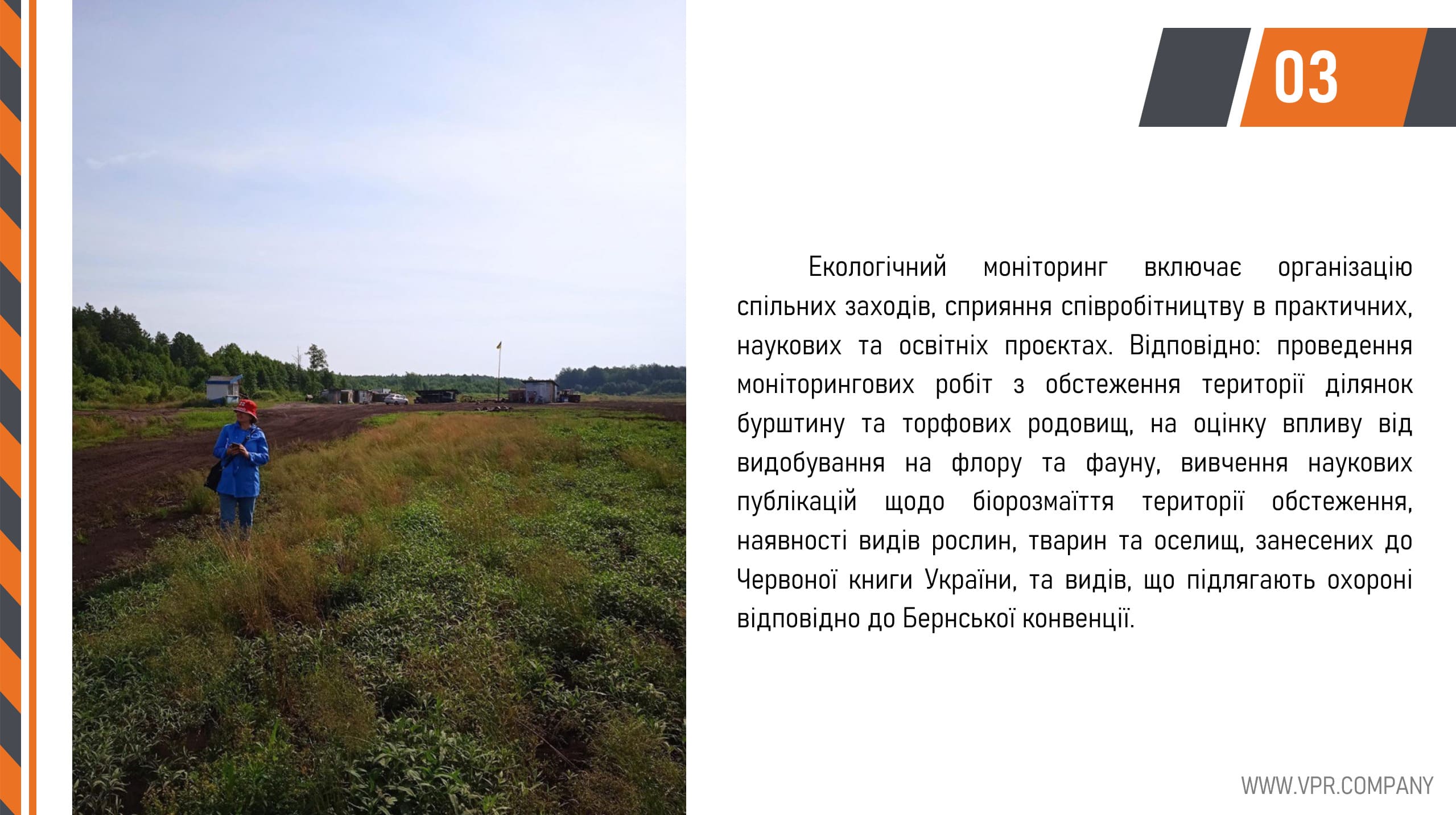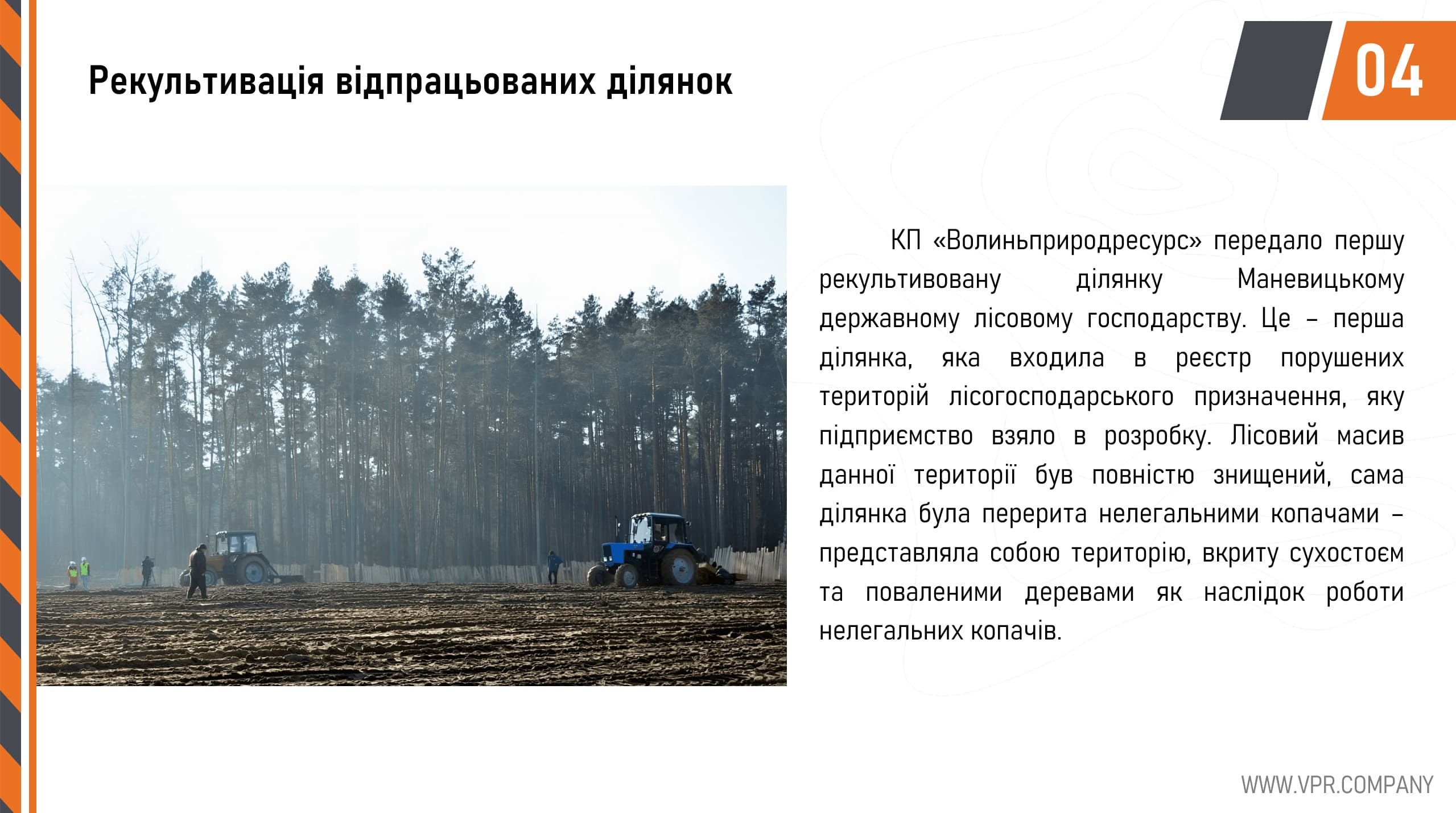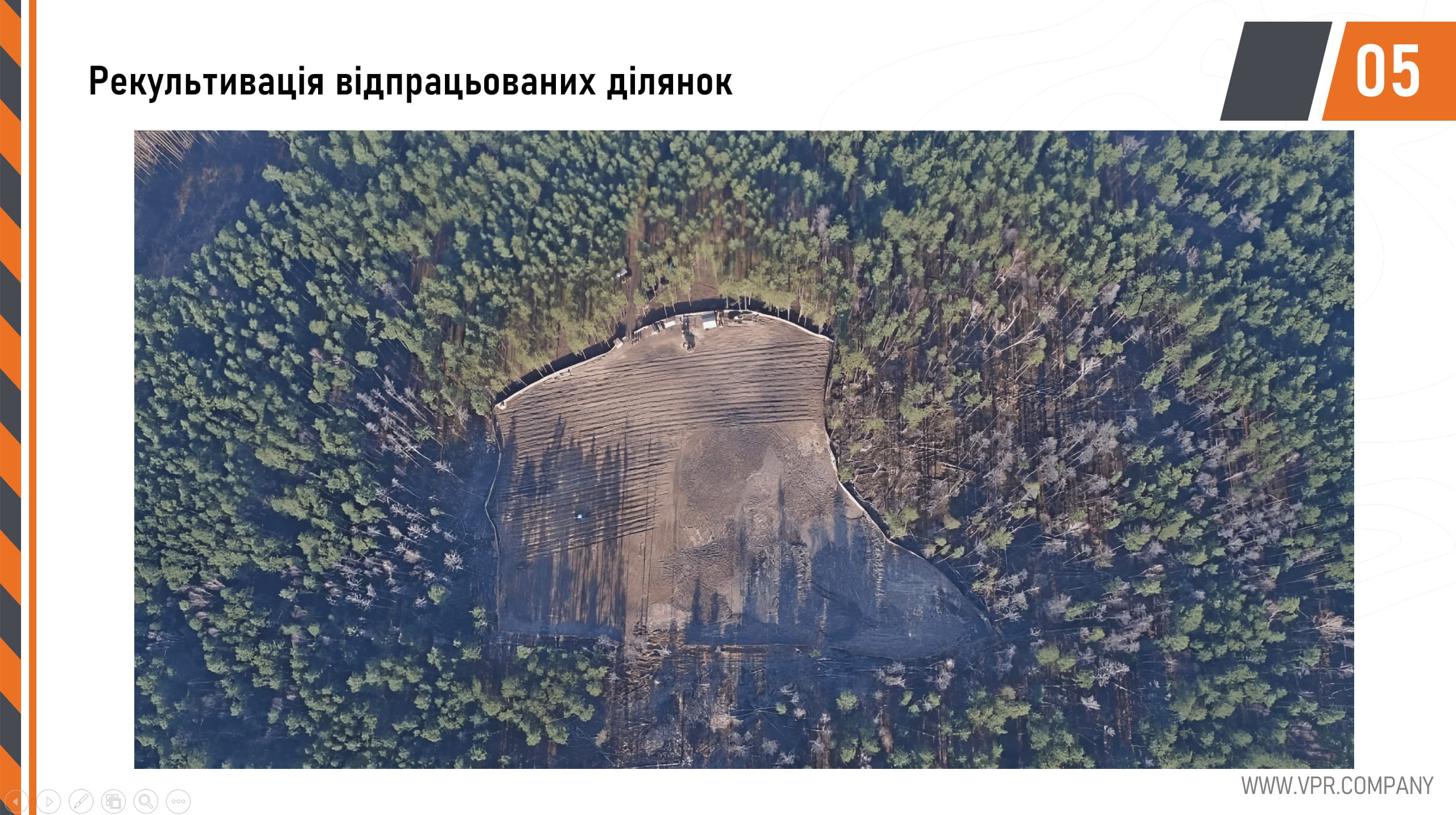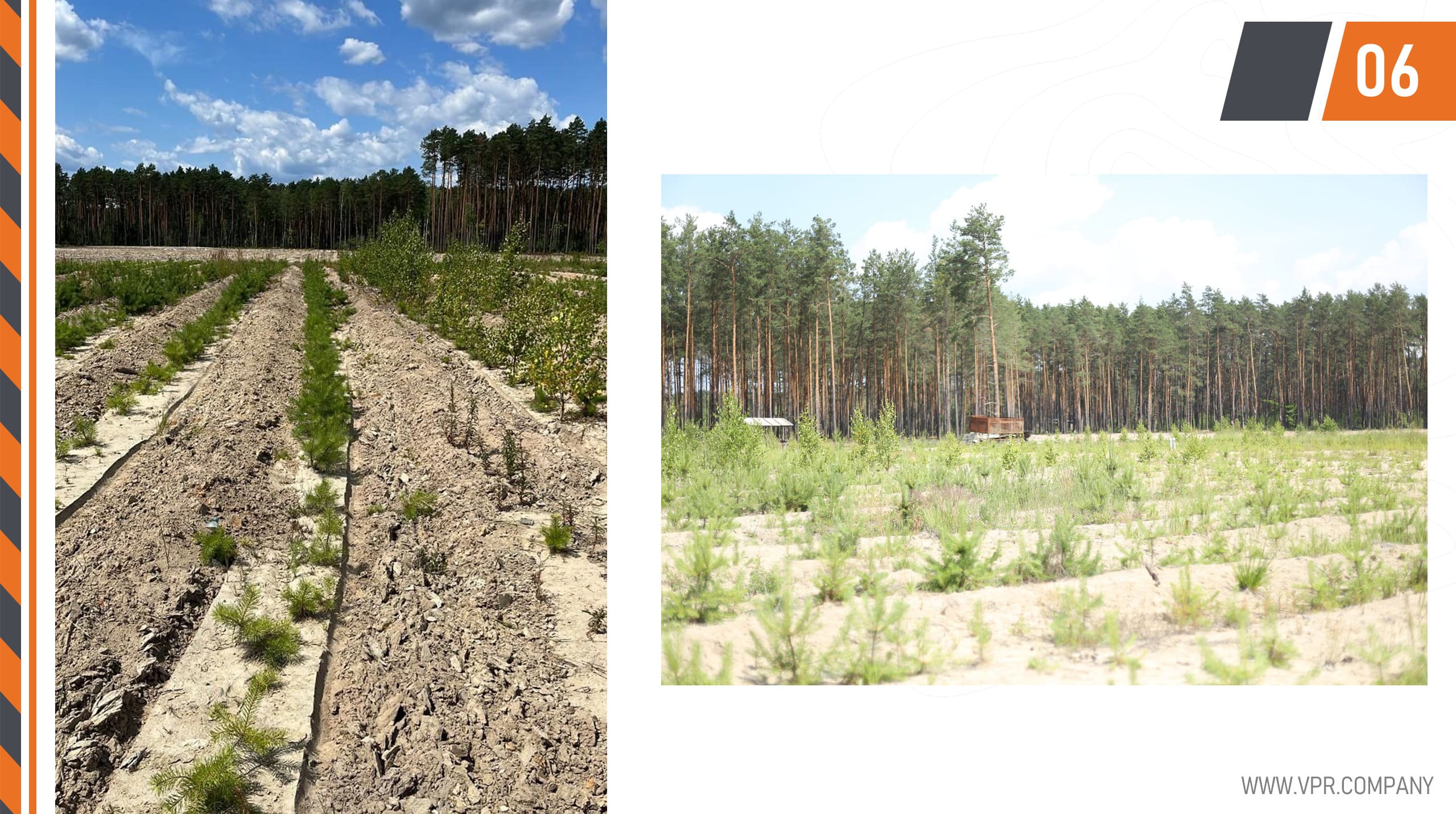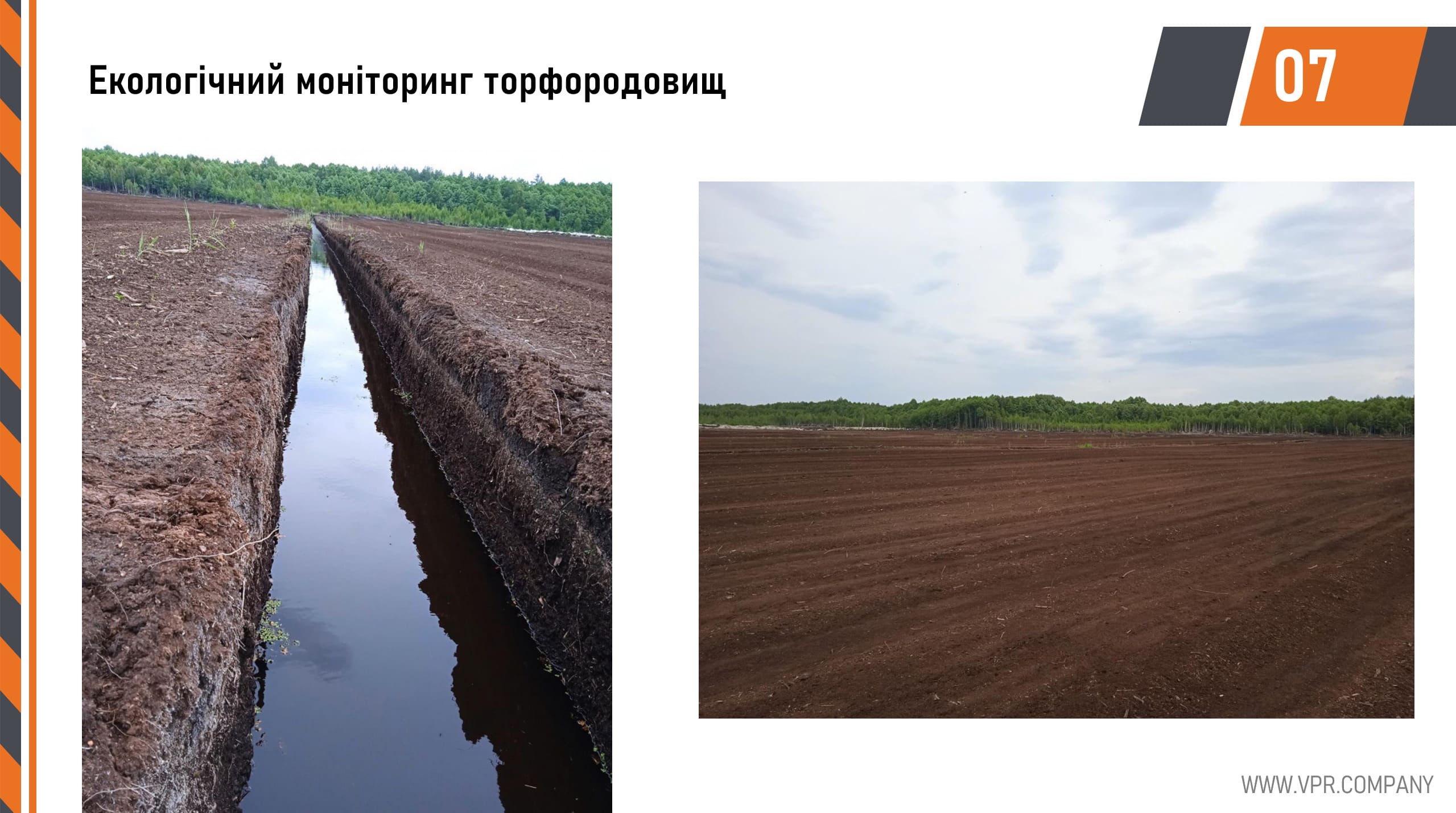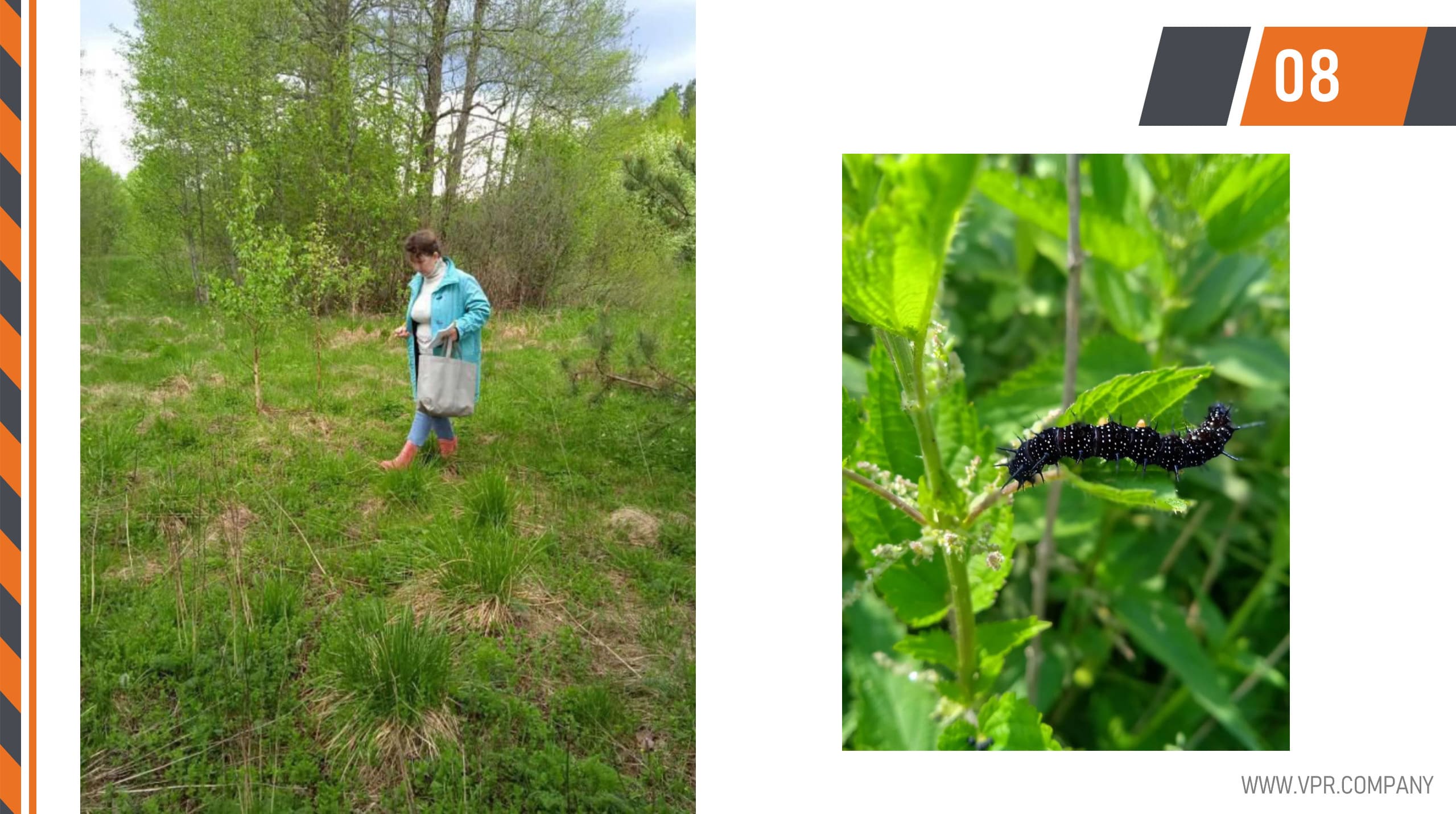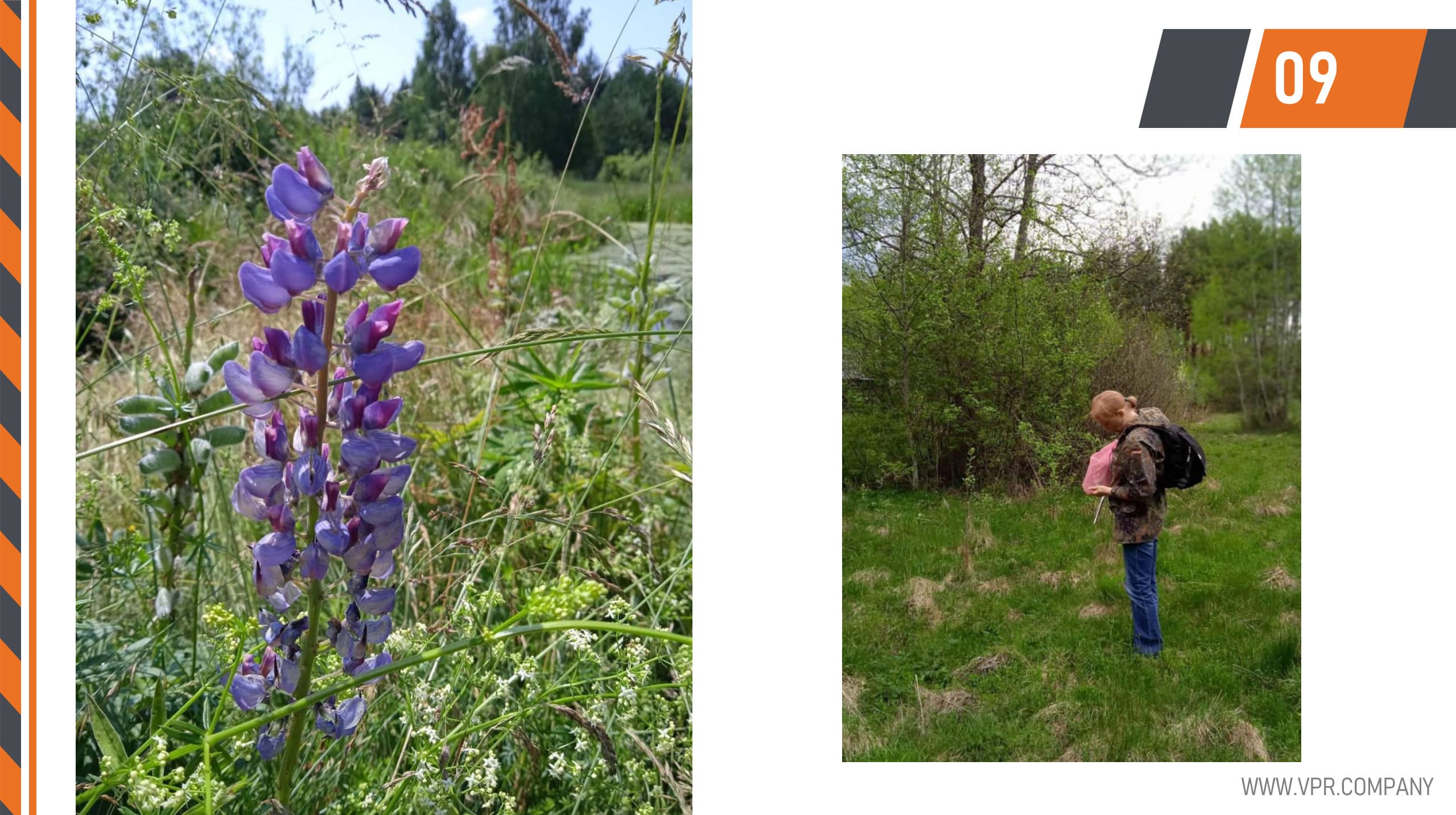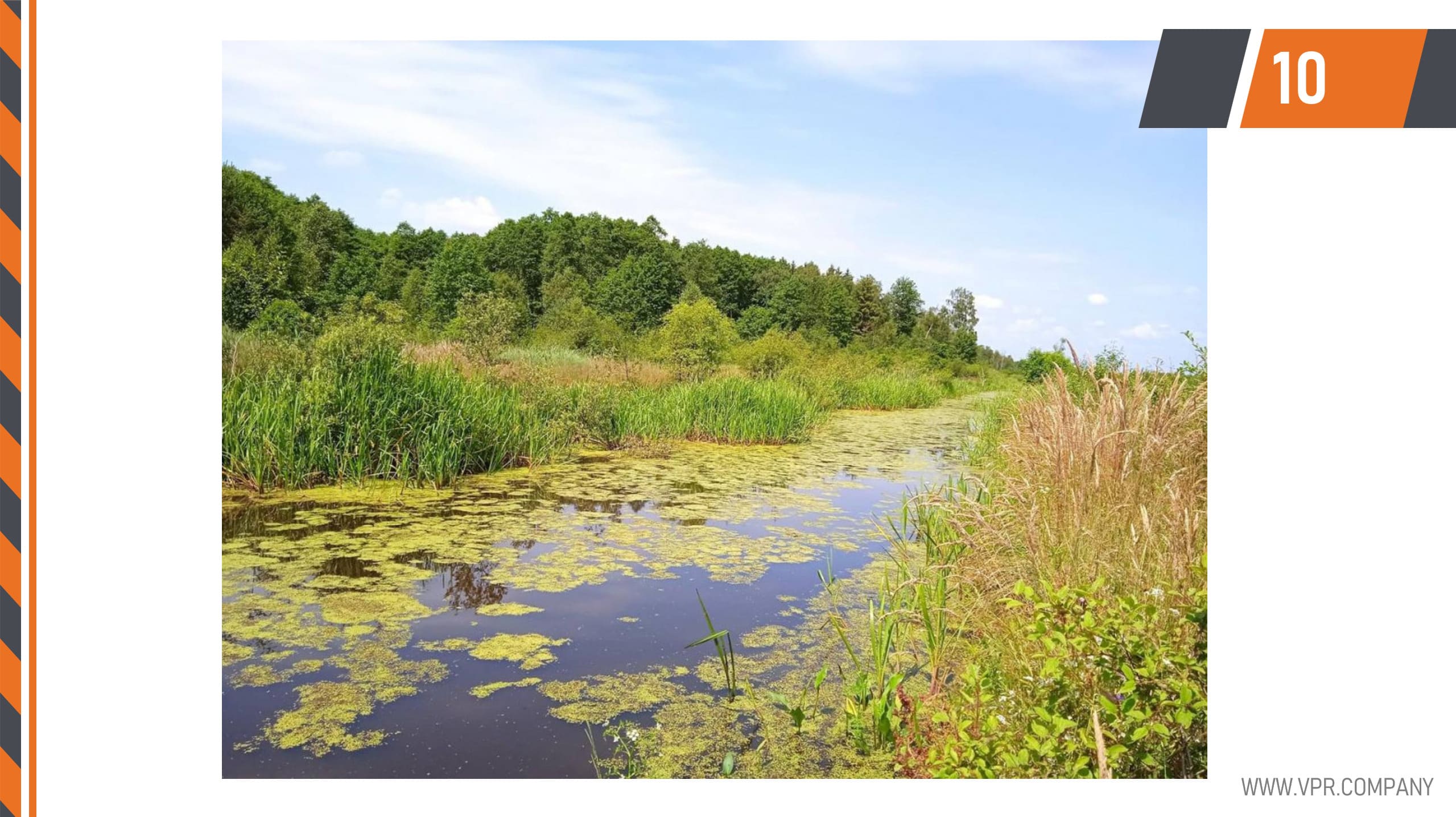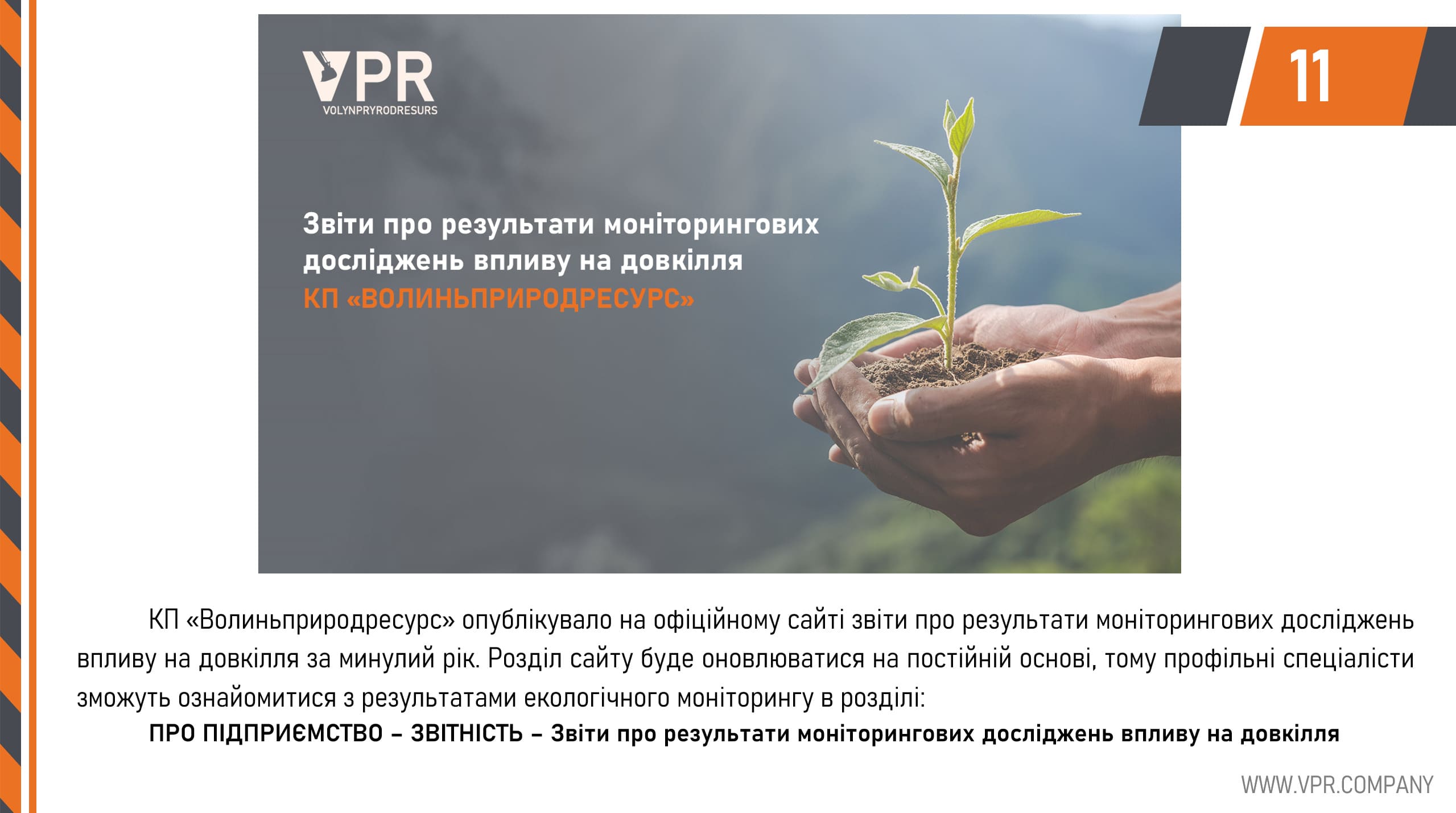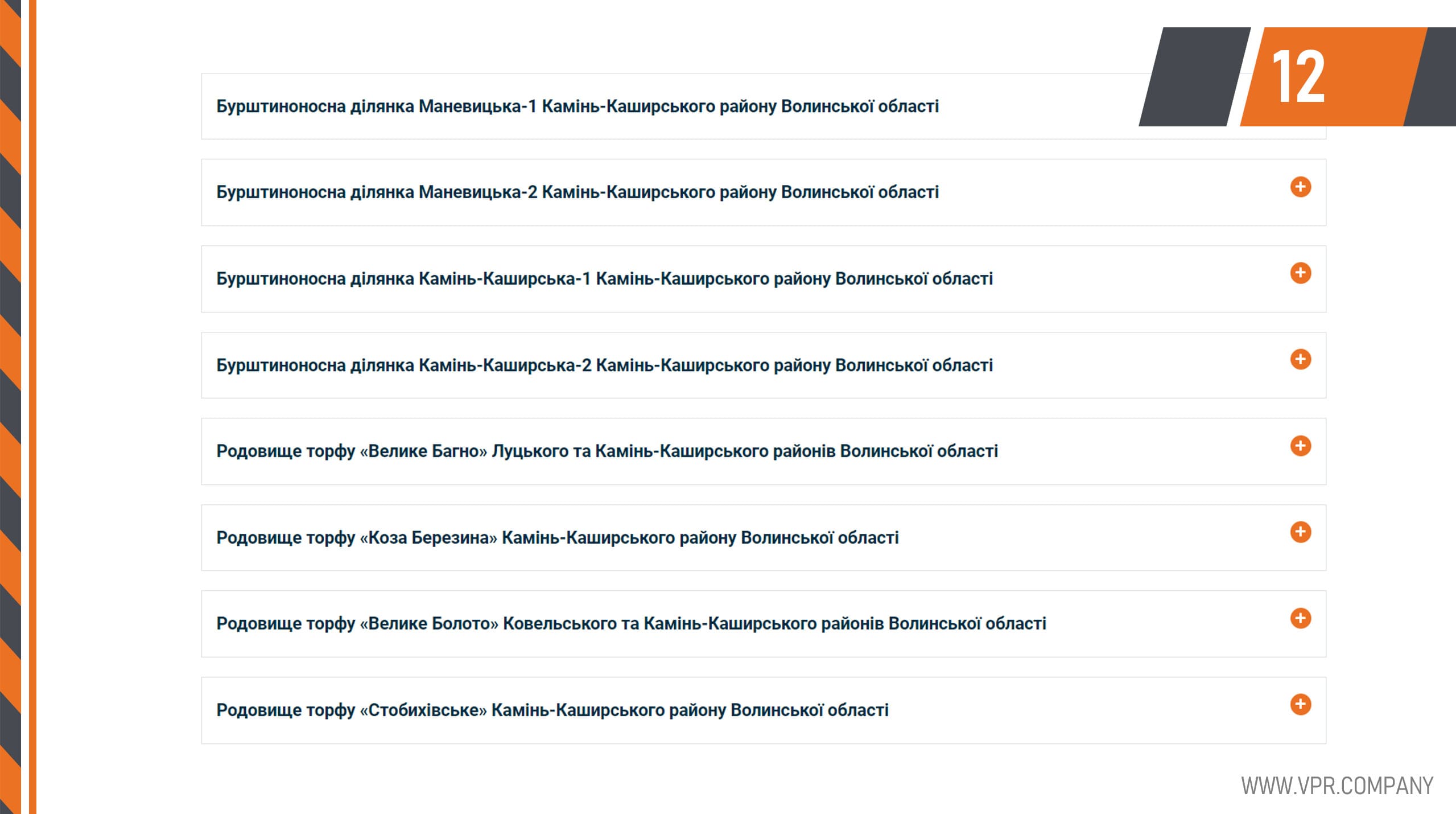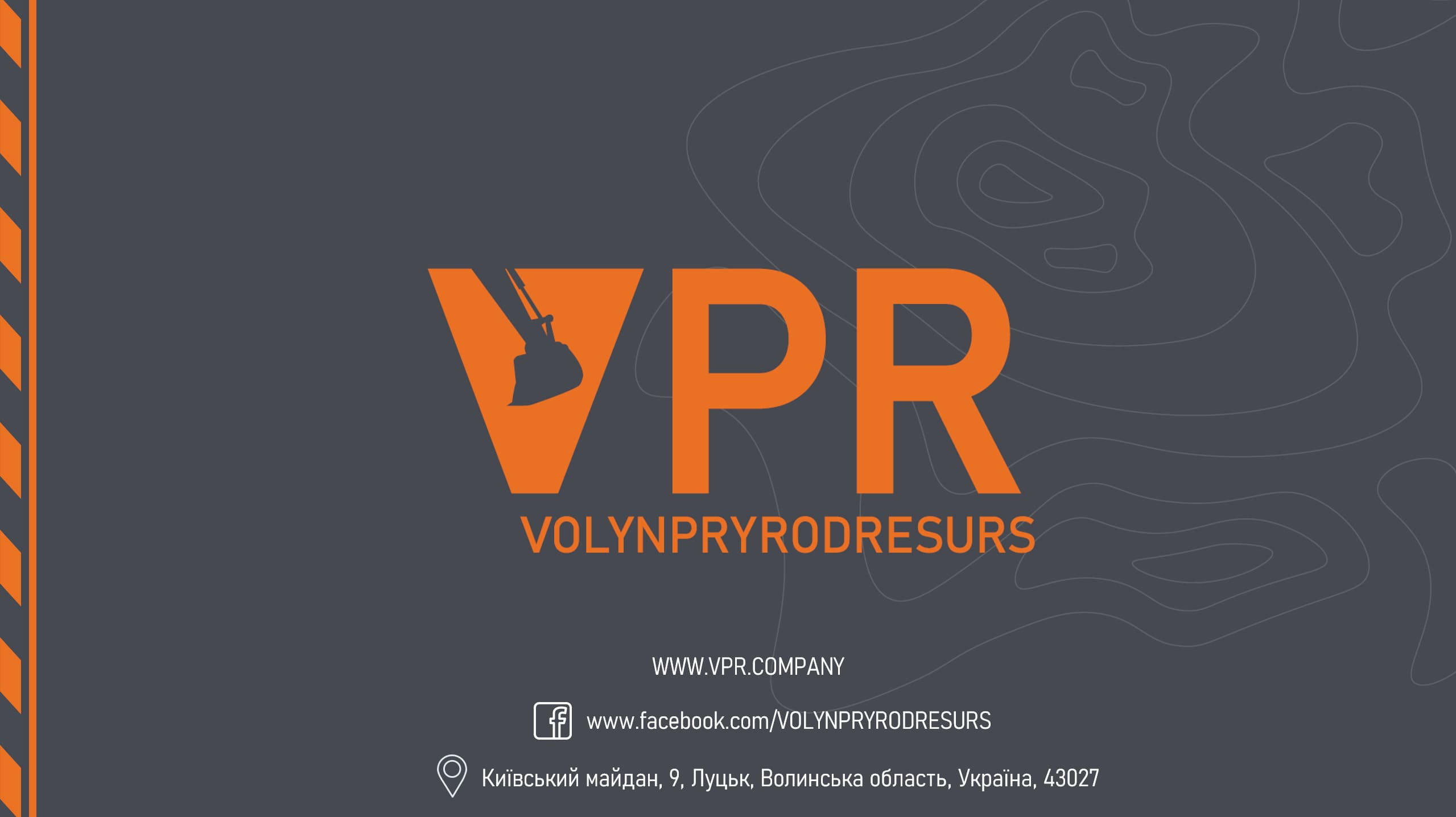Collaboration of ME “Volynpryrodresurs” and Lesya Ukrainka Volyn National University: Round Table on “Scientific Research of Planned Activities: Pre-Project and Post-Project Monitoring”
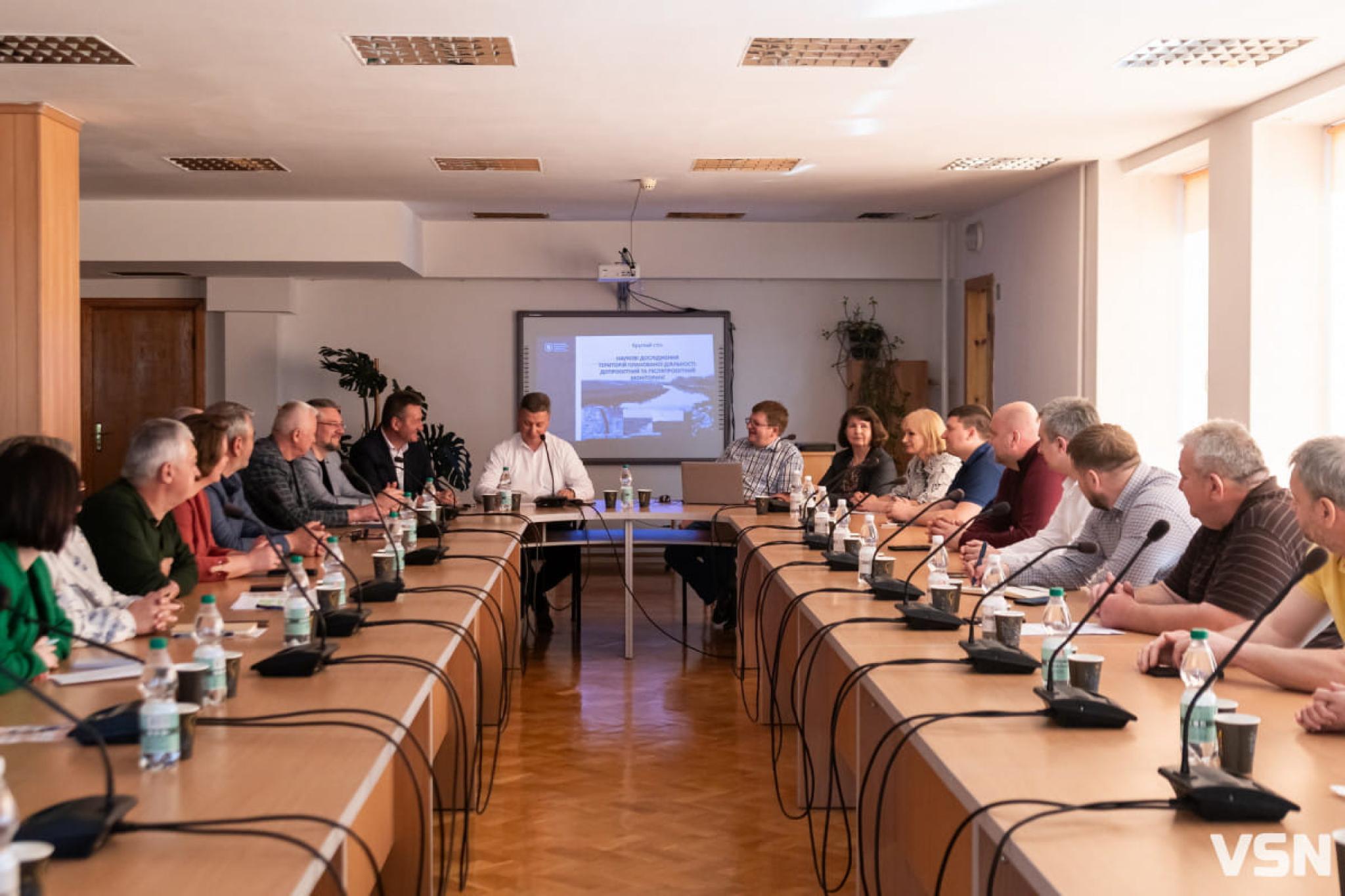
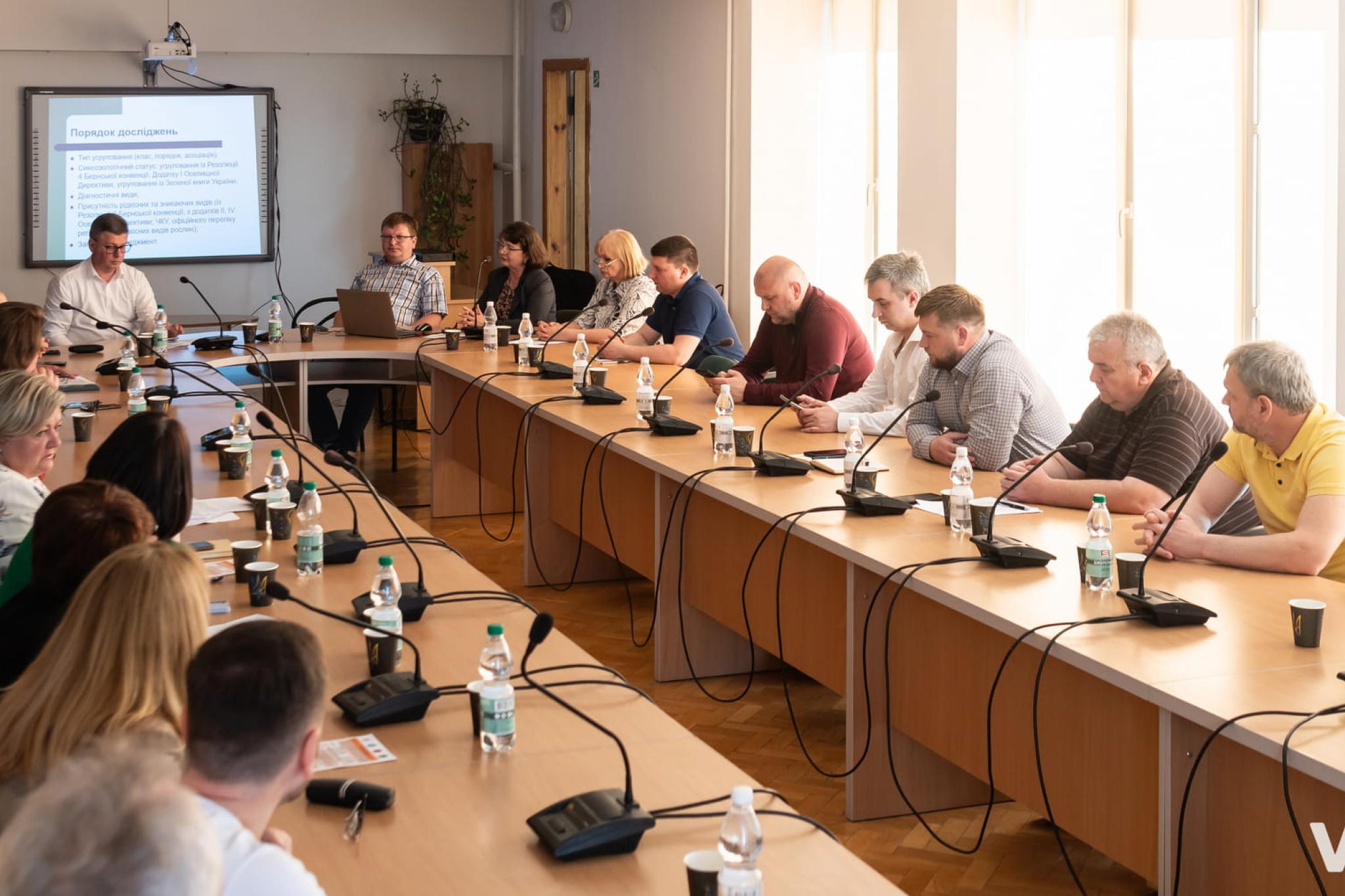
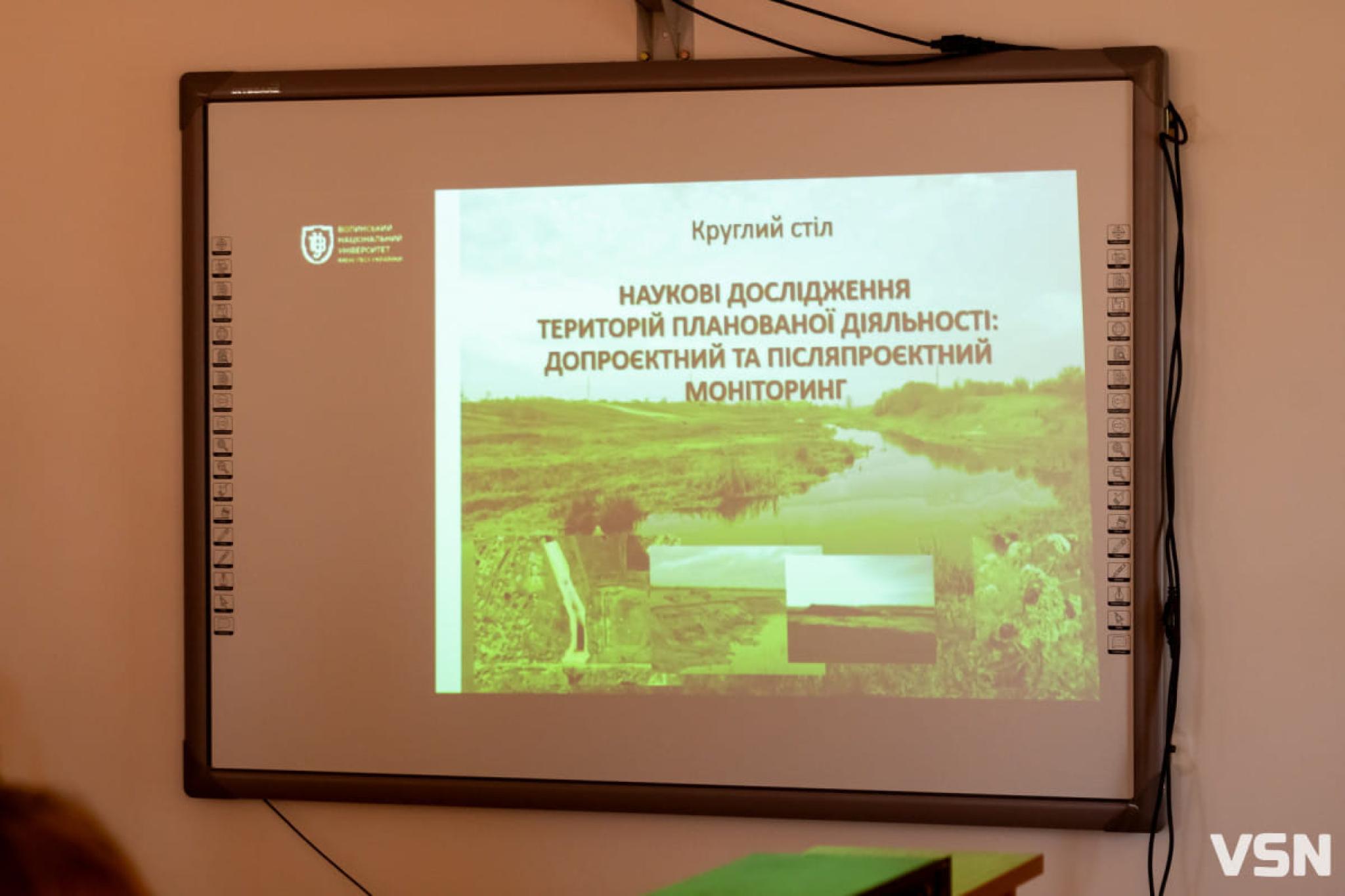
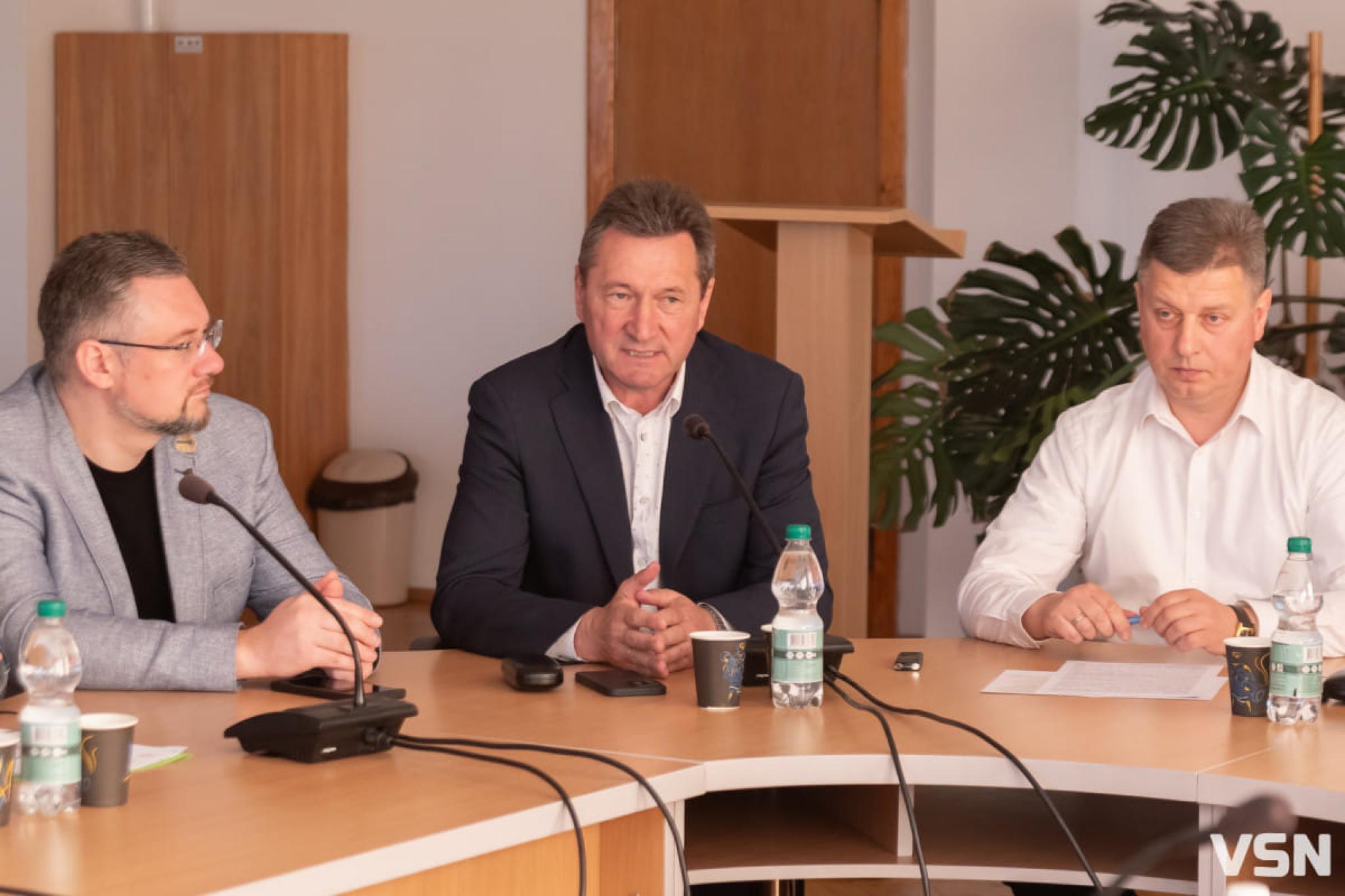
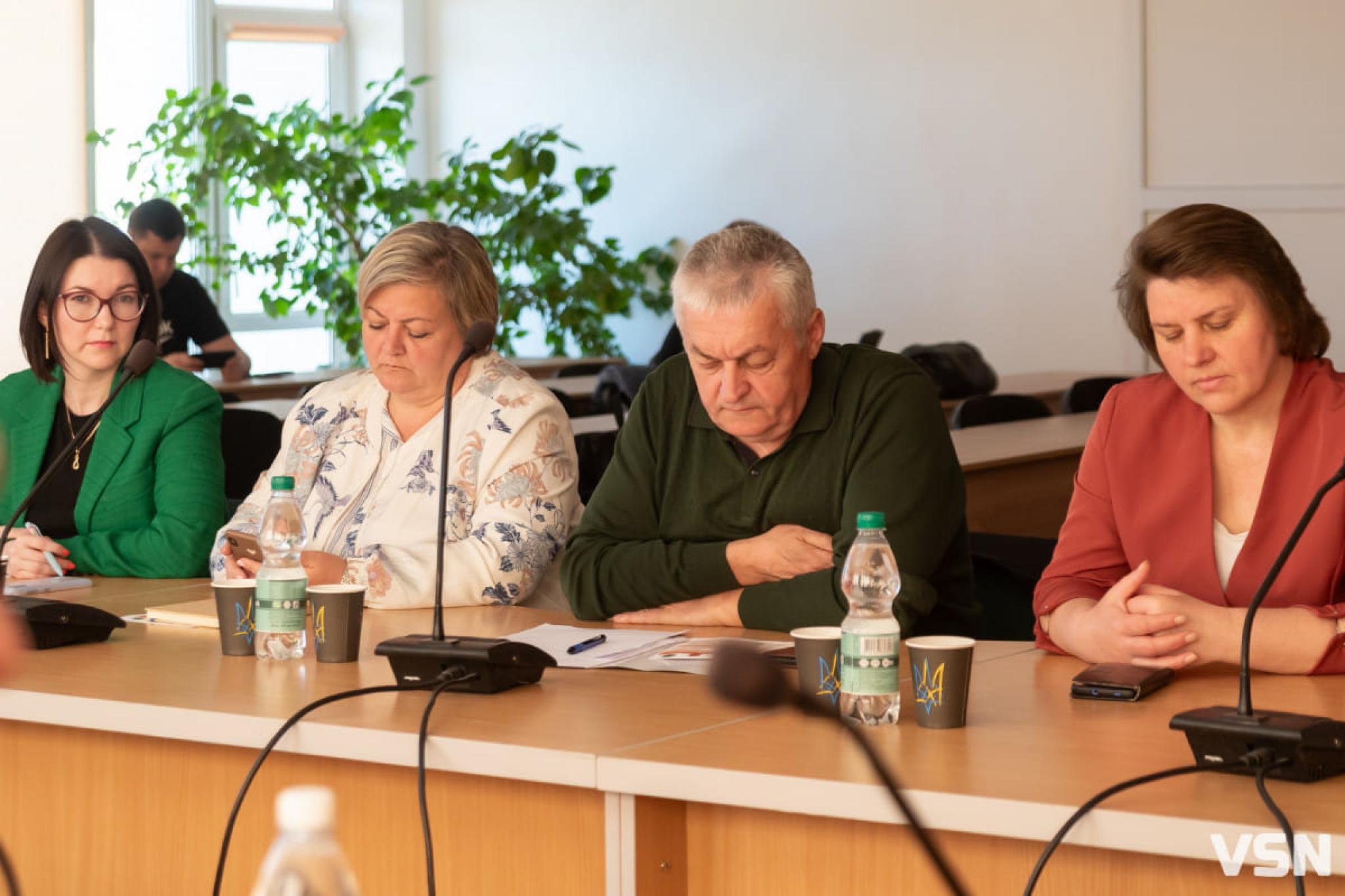
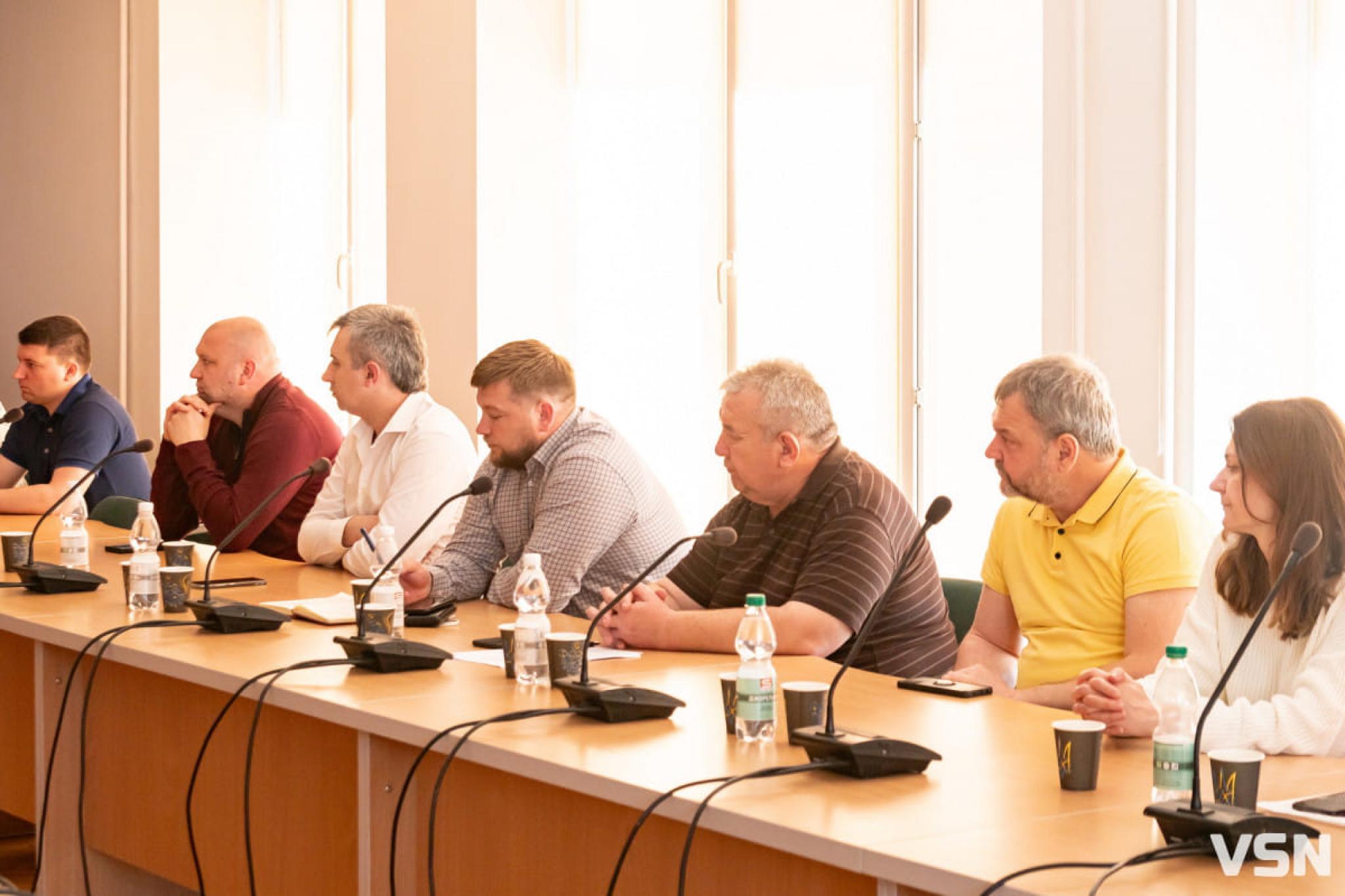
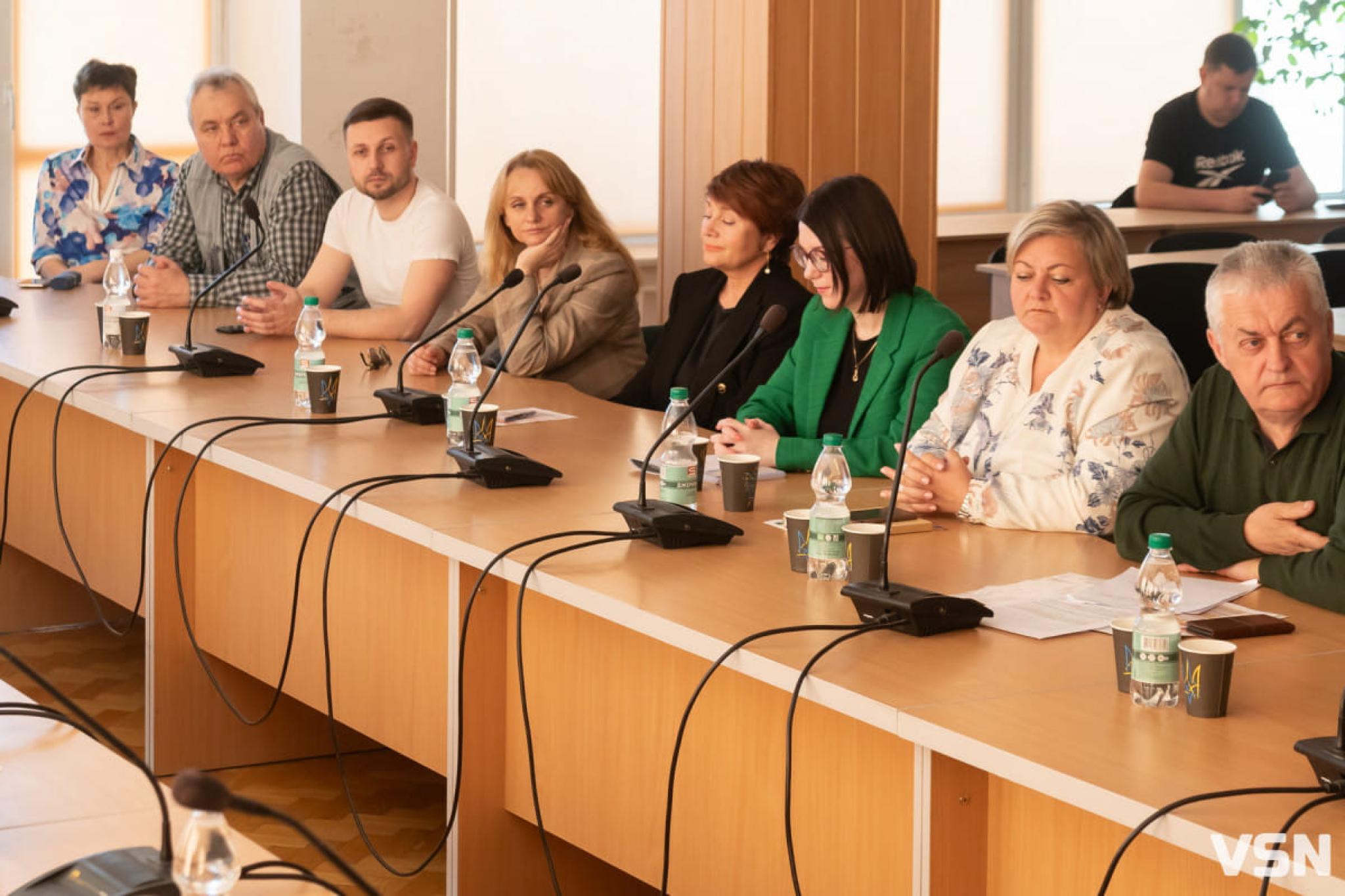
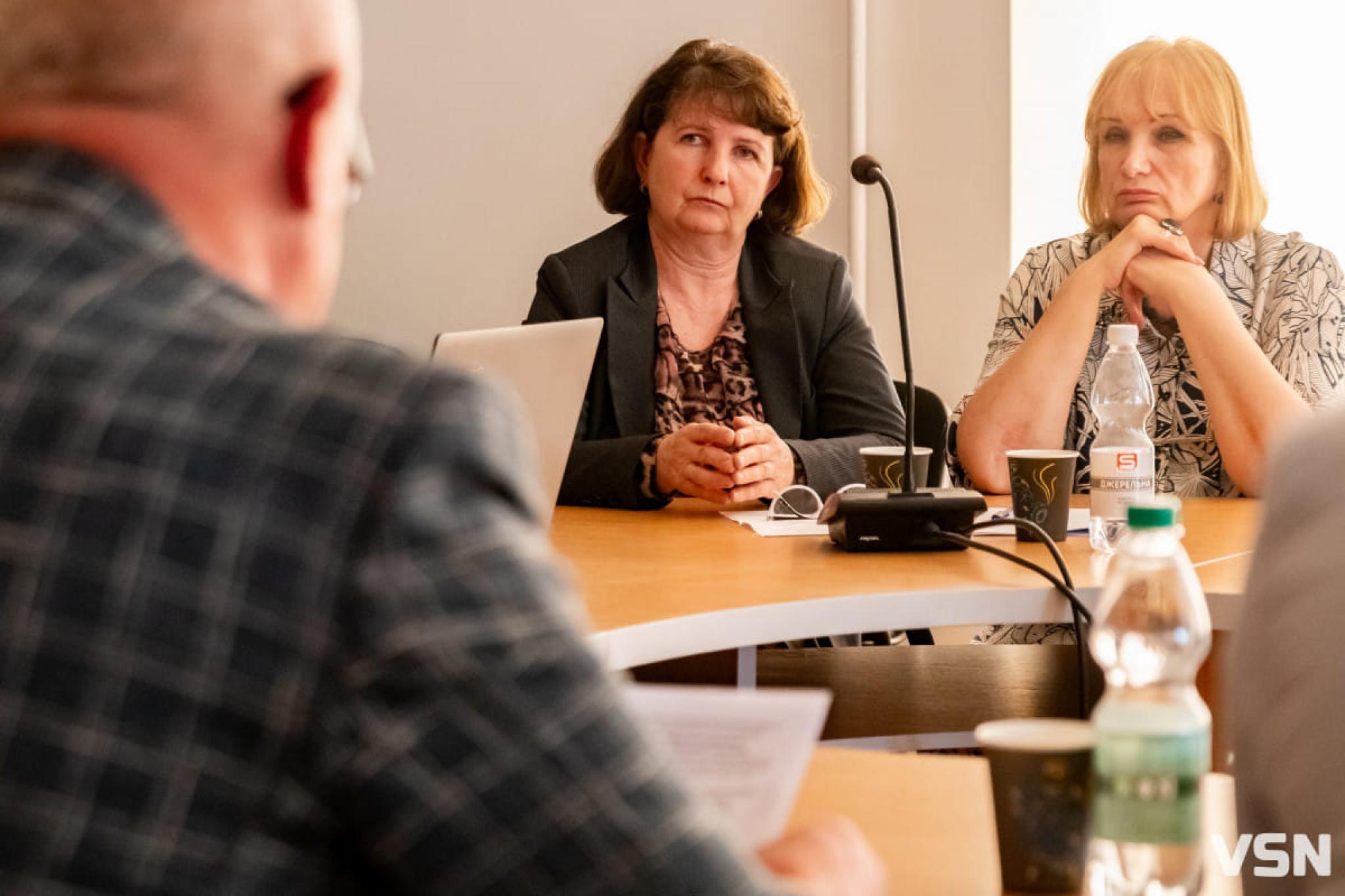
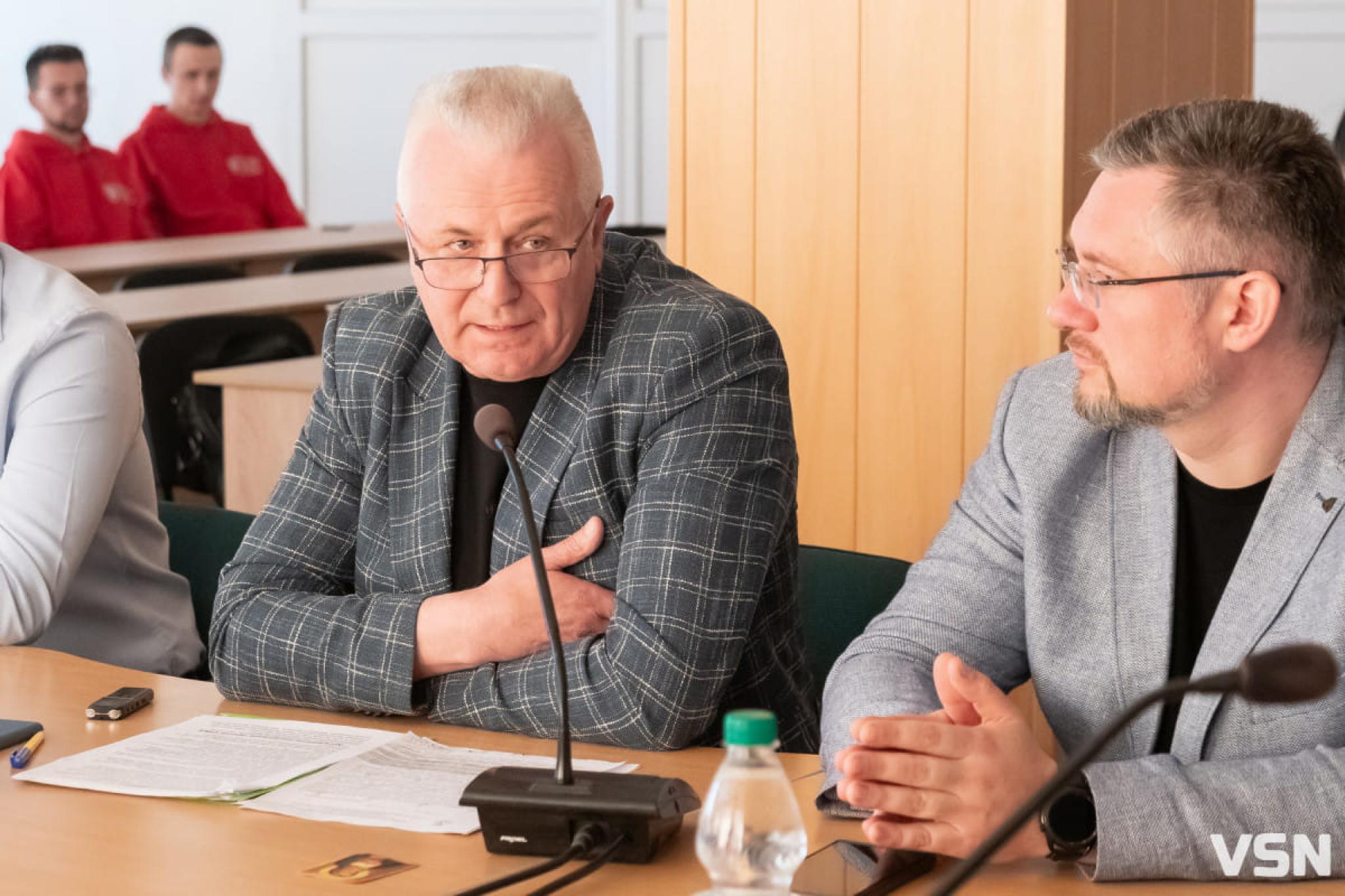

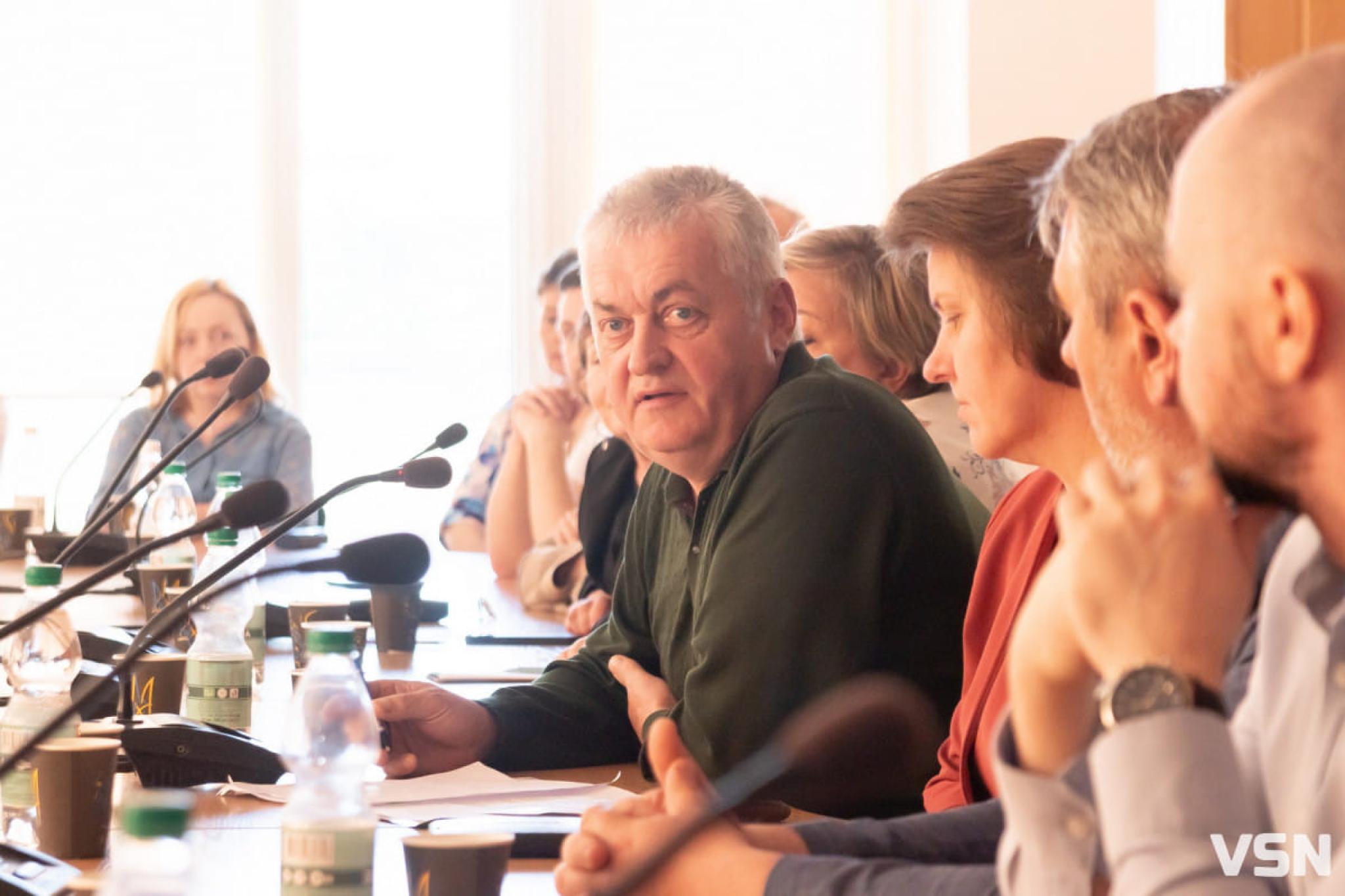
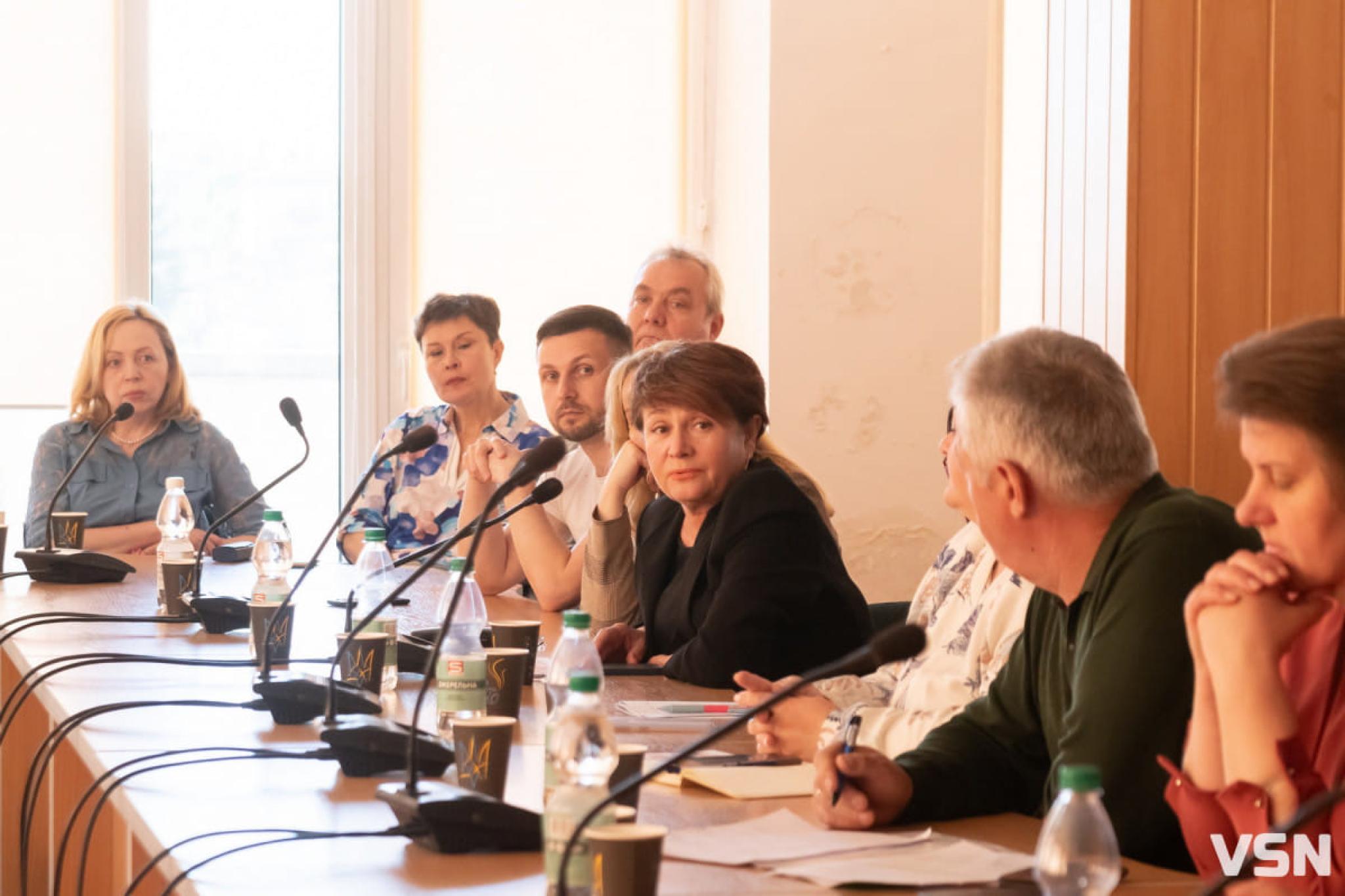
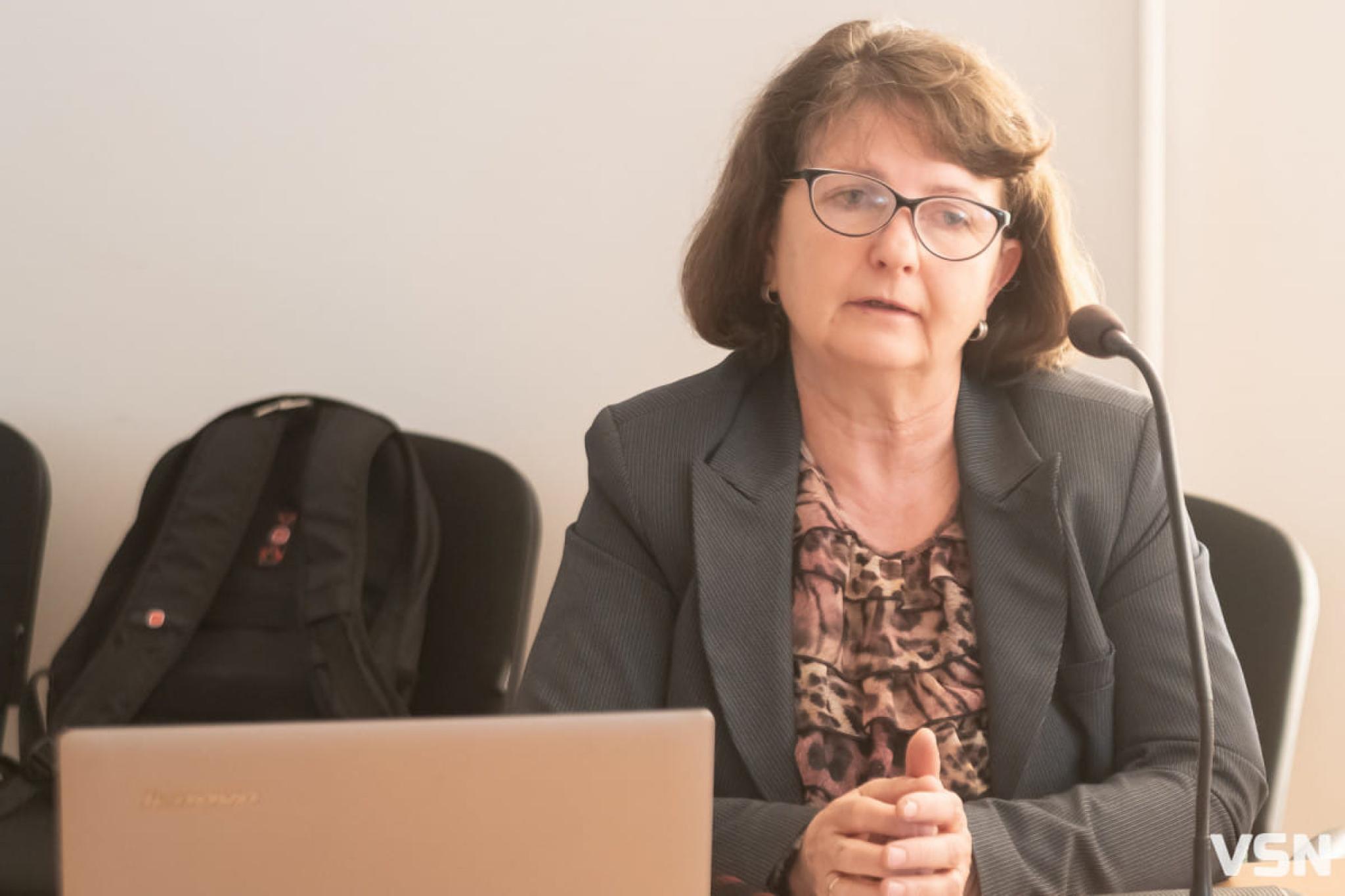
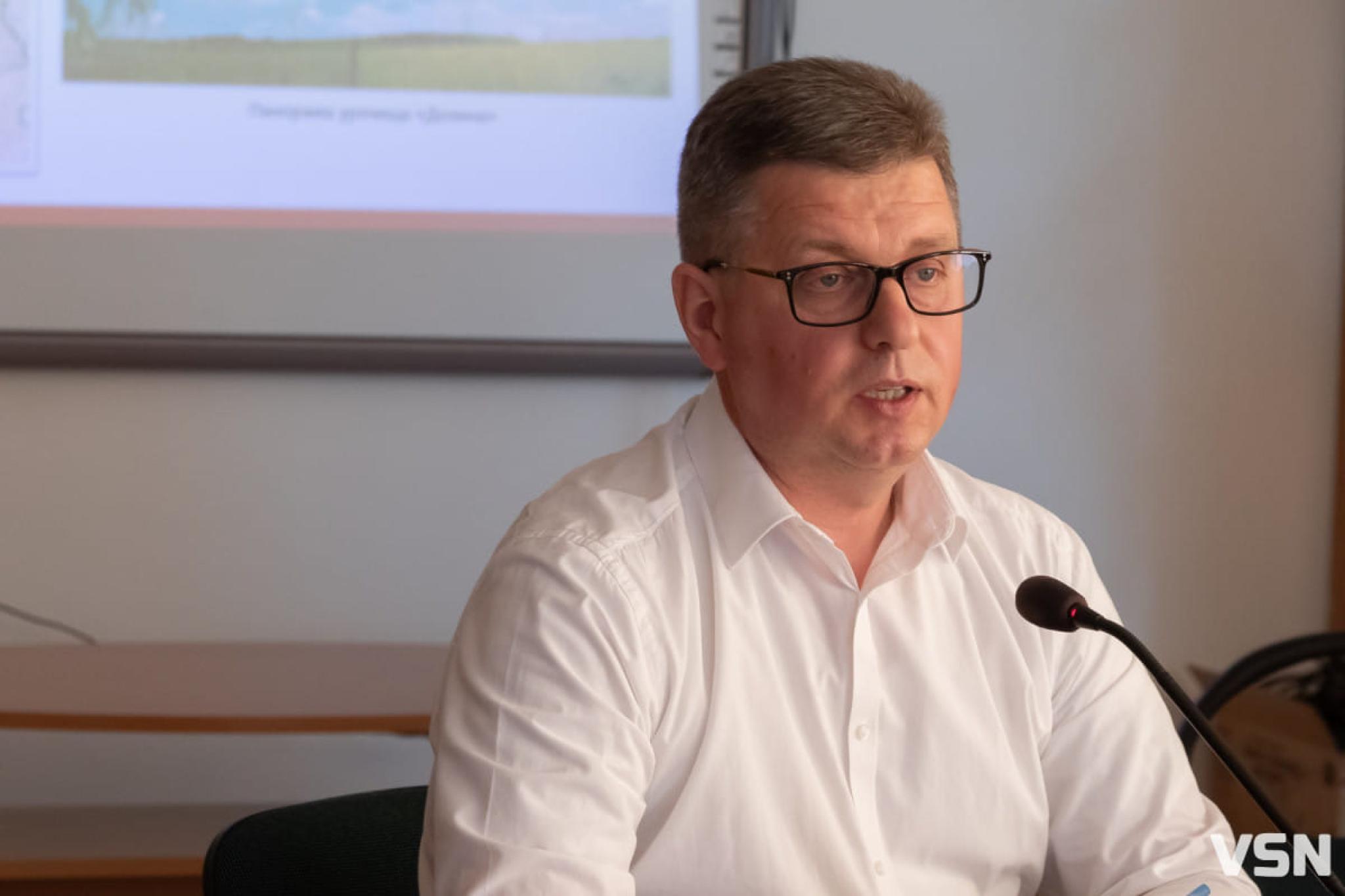
“Volynpryrodresurs” (VPR) is an enterprise specializing in the extraction of amber, peat, and copper ores, while also actively caring for the environment and preserving natural resources. Scientists from Lesya Ukrainka Volyn National University assist in this endeavor.
On Wednesday, May 1, a round table titled “Scientific Research of Planned Activities: Pre-Project and Post-Project Monitoring” took place at the library of Lesya Ukrainka Volyn National University. One of the main topics discussed was the activities of ME “Volynpryrodresurs” and its impact on the environment.
Scientists, heads of environmental departments, rector of Lesya Ukrainka Volyn National University Anatolii Tsios, head of ME “Volynpryrodresurs” Anatolii Kapustiuk, and chairman of the permanent commission on ecology Yurii Roiko, rational use of natural resources, representatives from Kovel and Volodymyr communities in the Volyn region were invited to the event.
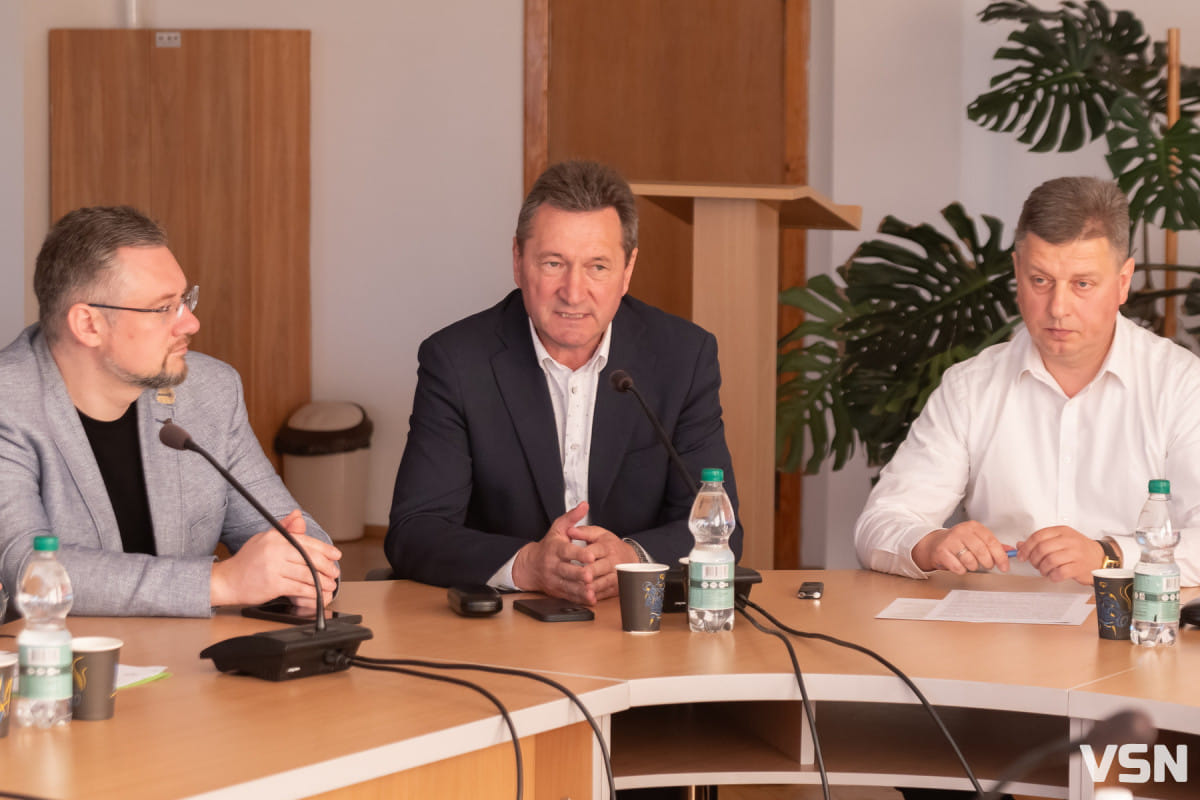
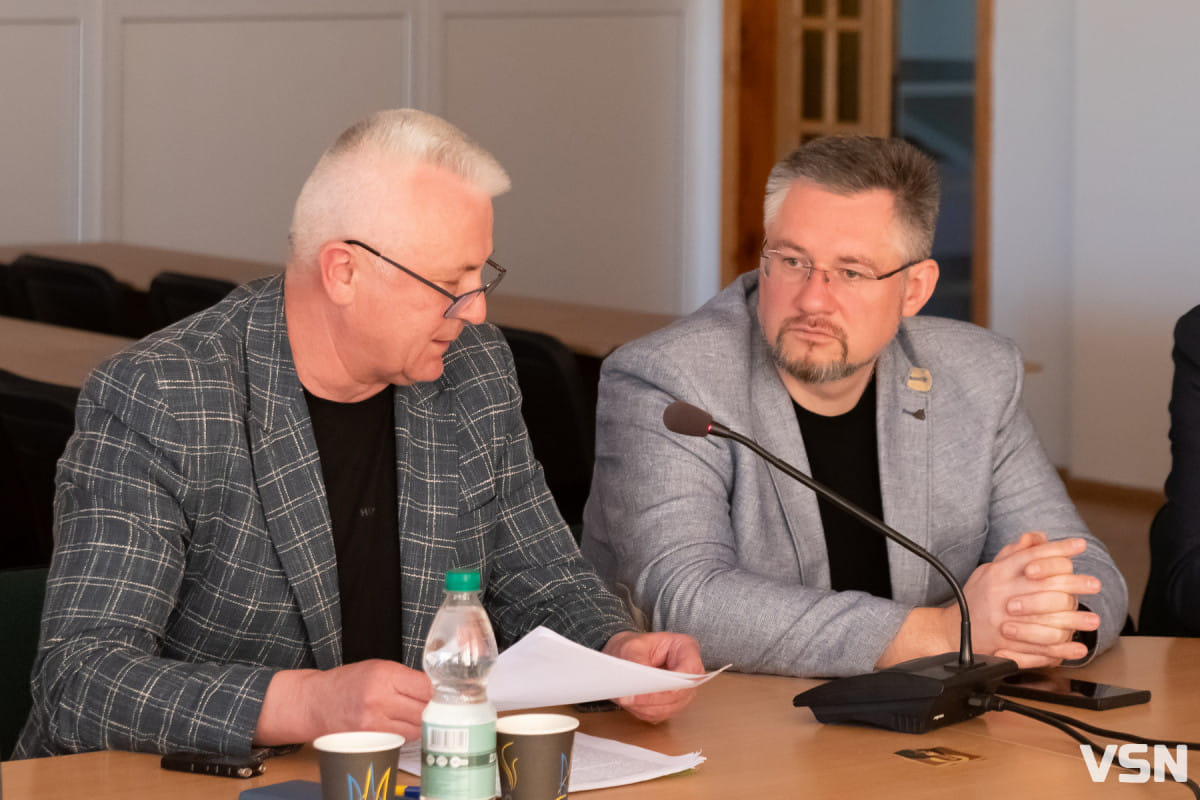
Anatolii Tsios delivered the opening remarks, emphasizing to those present that quality education can only be achieved through collaboration with employers and involving students in interesting projects.
“The university implements numerous programs aimed at improving the quality of education. Quality education can only be achieved through collaboration with employers; therefore, we have a project called ‘Dual Education.’ Its essence is to maximize the involvement of employers in educational activities and students in production activities. We have initiated a good partnership with InternetDevels and established a joint IT laboratory. We also collaborate with a company specializing in personal data protection.
As an example of effective cooperation, I would like to mention the Department of Ecology and Environmental Protection, along with the teachers from the Geography Faculty, working with ME ‘Volynpryrodresurs.’ The teachers and students work towards a common result, conducting appropriate monitoring to substantiate the activities carried out by ‘Volynpryrodresurs,’” noted Anatolii Tsios.
Details about cooperation with the University and overall activities of ME “Volynpryrodresurs” by its director Anatolii Kapustiuk.
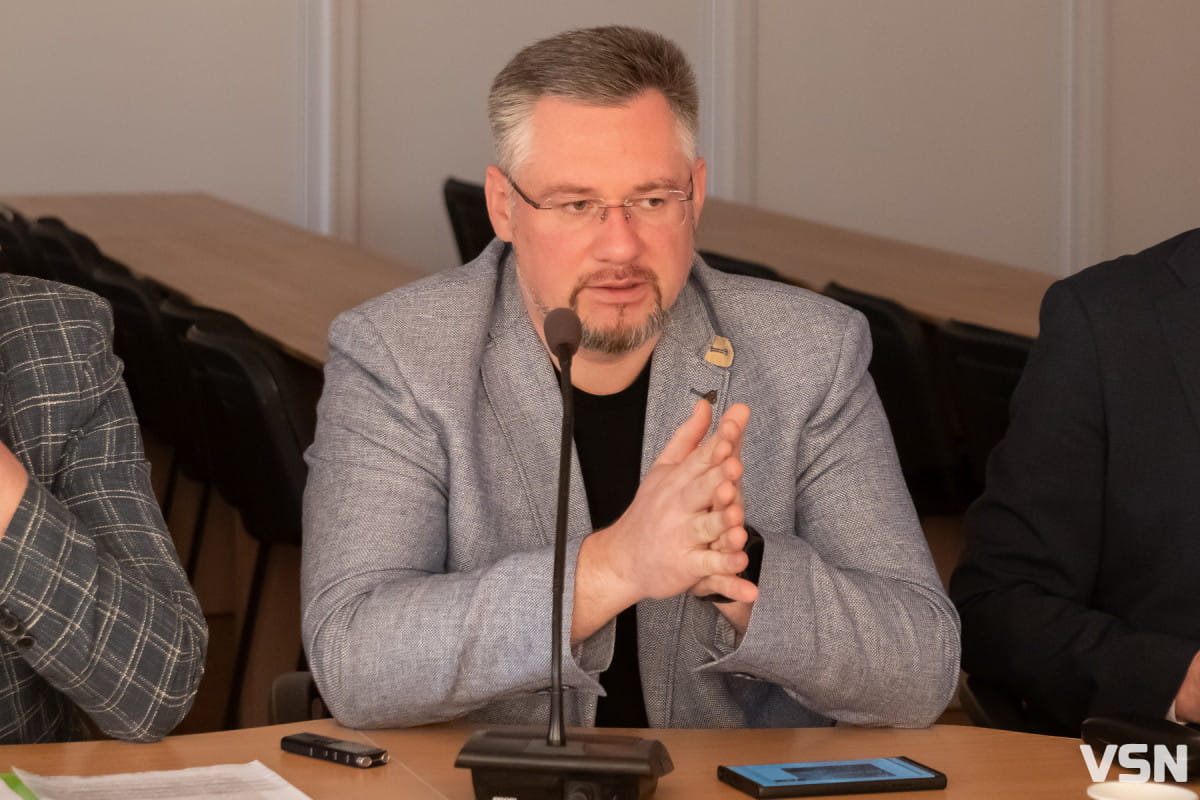
“Our enterprise is one of the largest mining companies in Ukraine, not to mention municipal ones. It has four special permits for amber extraction covering a licensed area of 51,524 hectares; four special permits for peat extraction covering a licensed area of 6,364 hectares; and one special permit for copper ore extraction covering a licensed area of 3,140 hectares.
The territory covered by “VPR” includes the Lutsk, Kovel, and Kamin-Kashyrskyi districts. Since the signing of the memorandum of cooperation with Lesya Ukrainka Volyn National University, we immediately began preparing one of the reports on environmental impact at the Kozha-Berezyna deposit; indeed, the task was very complex. This is because the deposit borders a nature reserve located in the Rivne region, although there are established sanitary protection zones between the deposit and the reserve’s boundary. Nevertheless, it was necessary to thoroughly and scientifically justify, with field studies and scientific works, the potential impact of planned activities on the reserve’s operations while considering their comments.
The work was very complicated, and preparing the environmental impact assessment report for this deposit took a year and a half. The Ministry of Ecology accepted and positively evaluated the report,” noted Anatolii Kapustiuk.
According to him, “VPR” pays a lot of attention specifically to the ecological aspect of extraction.
“Considering that we are a communal enterprise of the Volyn Regional Council, our enterprise is environmentally oriented; the ecological impact is crucial on the scales against the planned commercial result. Therefore, we conduct all our activities taking into account all environmental requirements, norms, and standards,” said Anatolii Kapustiuk.
In order to prepare reports on environmental monitoring in accordance with all the requirements and parameters established by the Ministry of Environmental Protection and Natural Resources of Ukraine, and to ensure that this work is thorough, a scientific group was created at the university. This group includes scientists from the Faculty of Biology and Forestry, the Faculty of Geography, and the Faculty of Chemistry and Ecology. The head of the scientific group is Volodymyr Radzii, a candidate of geographical sciences and an associate professor at the Department of Geodesy, Land Management, and Cadastre at Volyn National University named after Lesya Ukrainka. The executor of research on monitoring the impact of planned activities on the quality of surface and groundwater is the State Institution “Soil Protection Institute of Ukraine,” Volyn branch of the State Institution “Soil Protection Institute of Ukraine.”
The monitoring of the impact of planned activities on air quality at the boundary of the sanitary protection zone is carried out by LLC “Volynekopromproekt.” The Volyn Hydrometeorological Center monitors the state of radiation background, and other specialized laboratories conduct systematic monthly and quarterly measurements of indicators that show the dynamics of changes throughout the year. The reports utilize the most modern satellite analysis, which allows for monitoring, processing, and interpreting data covering the entire area of deposits.
“The most important thing is that the university has started to involve students in such research. Our enterprise serves as a practical platform for training students across various profiles, where they can familiarize themselves with research methods during field studies conducted 3-4 times a year in different vegetative periods to explore the plant and animal world. They can learn how to observe both surface and groundwater, as well as aquatic objects. They will understand how to minimize anthropogenic impact on nature through well-conducted mining and biological reclamation. This includes planting forest crops on land designated for forestry, restoring silted water bodies, and creating a feed base for animals in meadows that belong to water fund lands designated for haymaking by sowing oats, rye, wheat, corn, and other cereal crops.
Our enterprise develops peat deposits using existing main drainage channels, and on the development fields, we use map channels, which are liquidated after development. The water balance of a given territory remains unchanged. We use existing main channels, which positively impacts the ecosystem of the region,” explained Anatolii Kapustiuk.
“After one such day of fieldwork, I appreciated all its complexity; the physical preparation of our scientists can give a run for their money to any athlete. Walking with inexhaustible enthusiasm through swamps, meadows, making one’s way through thickets, waterways, balancing on a fallen tree trunk as the only option to reach the other bank of the canal, and all this seasoned with our mosquitoes and midges – this is an ordinary working day for our scientists,” said the official.
Anatolii Kapustiuk also reported that this year the ME opened a new website. In a special section, reports on environmental monitoring will be published on a permanent basis, although regarding some deposits, according to the instructions of the Ministry of Ecology, the monitoring period has already expired and it can be discontinued. However, according to Anatolii Kapustiuk, we have decided to continue monitoring on a permanent basis and will continue to publish annual monitoring reports on our website.
“These reports are not only of archival interest exclusively for the Ministry of Ecology and our enterprise, as we are interested in the rational use of nature, relying on the conclusions of scientists and laboratory research when planning our work. The presented reports will be interesting not only to those who are concerned about the impact of mineral extraction activities on the environment but also to students, researchers, scientists, and anyone who wants to learn more about the flora and fauna of the territorial communities in the Volyn region. The report lists the species composition of plants from surveyed deposits, animals, birds, and insects… We want to serve as that scientific base where information can be freely obtained and this monitoring can be analyzed by both scientists and various specialized professionals,” he explained.
Volodymyr Radzii also spoke about the importance of cooperation between the university and “VPR.”
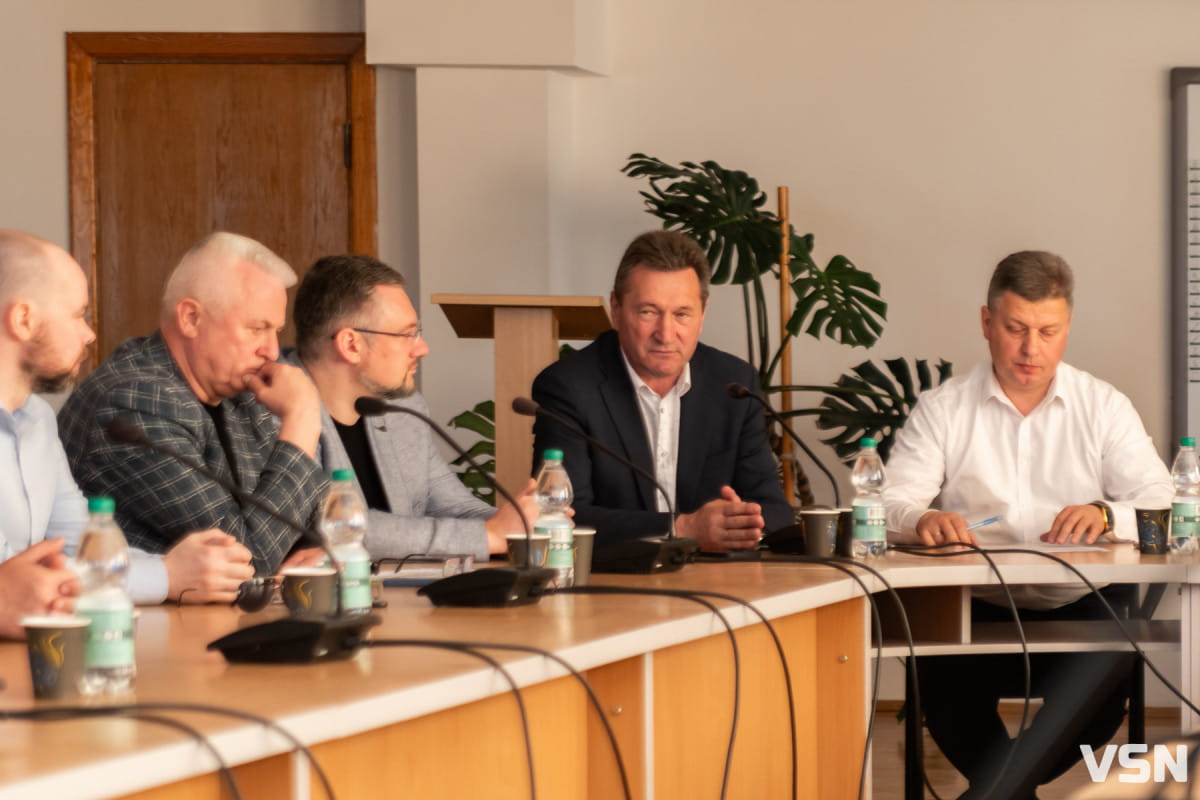
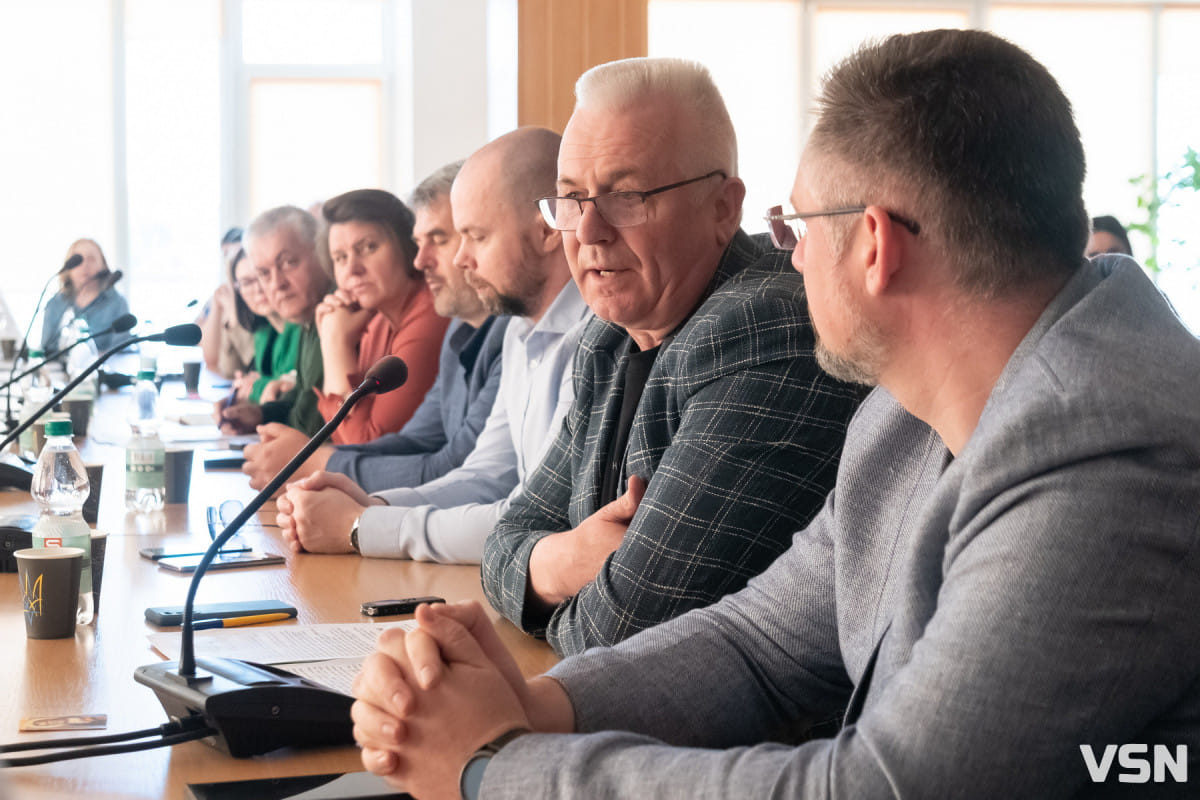
“In 2021, when we signed a memorandum with the enterprise ‘Volynpryrodresurs’ represented by director Anatolii Kapustiuk, the ink had barely dried on this memorandum before we were already out in the field for inspections. We conducted pre-project surveys of the area, particularly in the Kosa-Berezyna peatland, where an environmental impact assessment procedure was carried out. This was done in accordance with Ukrainian law that was adopted in 2017 regarding environmental impact assessments.
This law effectively allowed Ukraine to implement into its legal framework the standards of the European model concerning environmental impact, which are enshrined in the relevant directive of the European Parliament and of the Council on the assessment of the effects of certain public and private projects on the environment. According to this law, an environmental impact assessment involves a series of actions. The first is for the business entity to prepare a report on its environmental impact. Accordingly, substantial research needs to be conducted,” noted the scientist.
As emphasized by Volodymyr Radzii, these studies are conducted to justify the safety of planned activities, preparatory and construction works, or to substantiate the impact on a particular component of the environment: to what extent this all occurs, describing environmental factors that are likely to be affected by planned activities, consideration must be given to the impact on the state of plant and animal life.
“According to the directive from the Ministry of Ecology, it is also necessary to consider the impact on certain territories’ environment. These are natural complexes and objects protected by the Bern Convention, which are listed among such objects. At the same time, an assessment of habitats as well as particularly valuable biological resources is carried out, along with the preservation of natural and semi-natural areas. Additionally, green protective plantings must be taken into account. This needs to be considered when conducting and planning compensatory measures in further implementation of planned activities,” explained Volodymyr Radzii.
A scientific group participates in both pre-project surveys and post-project surveys. The complex of works included 10 substantial projects. The main project was the study of flora and biodiversity at the peat deposit “Koza-Berezyna,” which began in 2021.
“It was a challenging project; it faced significant difficulties regarding preparation and surveying, but we reached positive conclusions, and in December 2022, we received a positive environmental impact assessment from the Ministry of Ecology for this object, which was also a conclusion about our work. In 2023, ME ‘Volynpryrodresurs’ began its development.
We have conducted and are conducting a significant amount of work with the municipal enterprise ‘Volynpryrodresurs.’ We have practically worked within all the special permits that the enterprise has. This is within the framework of four special permits for amber-bearing territories and at four peat deposits. Accordingly, we have monitored the trends in the development and restoration of biodiversity in this area: we see examples of the environmentally safe approach of this enterprise to carrying out reclamation works in this territory,” clarified the scientist.
Thus, it can be concluded that one of the main priorities of the ME “Volynpryrodresurs” is the preservation of the ecosystem and biodiversity of the region where the company operates. The enterprise takes a number of important measures to minimize negative impacts on nature during extraction activities.
One such measure is the use of modern technologies and equipment that allow for reduced emissions and pollution of the environment. Moreover, “VPR” is actively involved in landscape restoration programs and reclamation of areas that have been subjected to extraction.
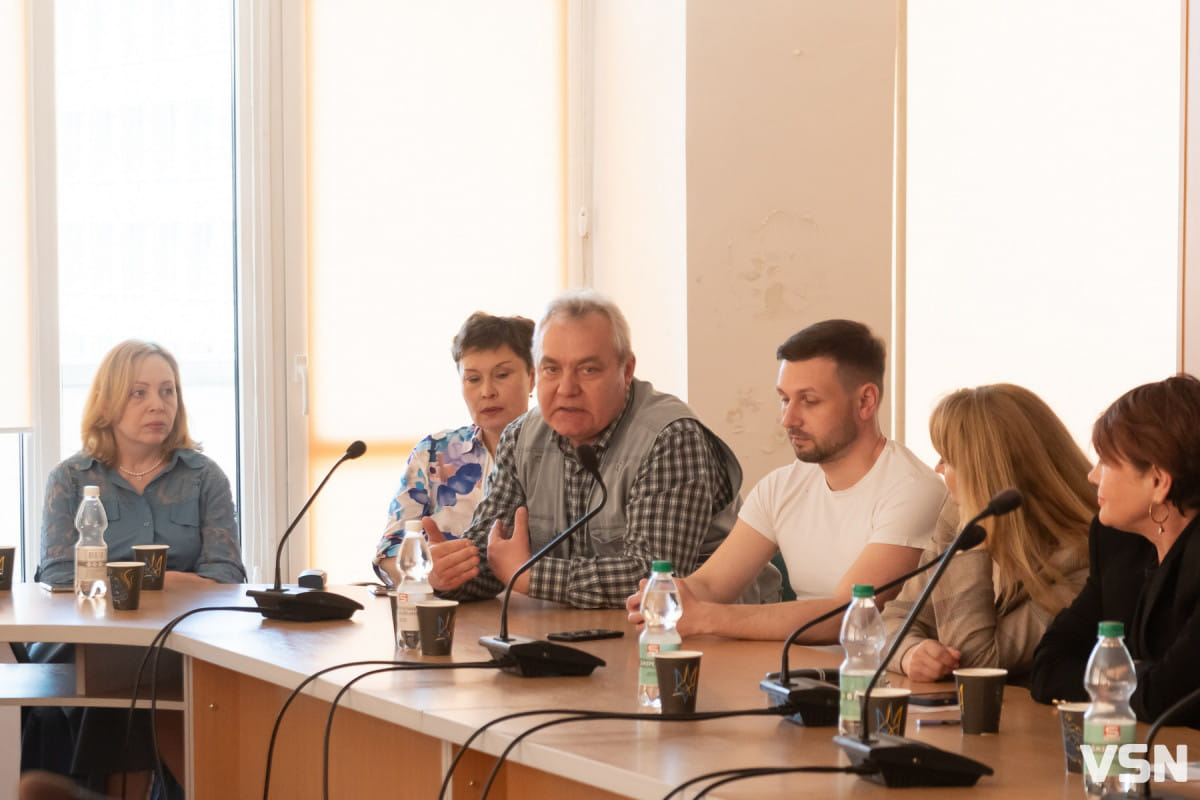
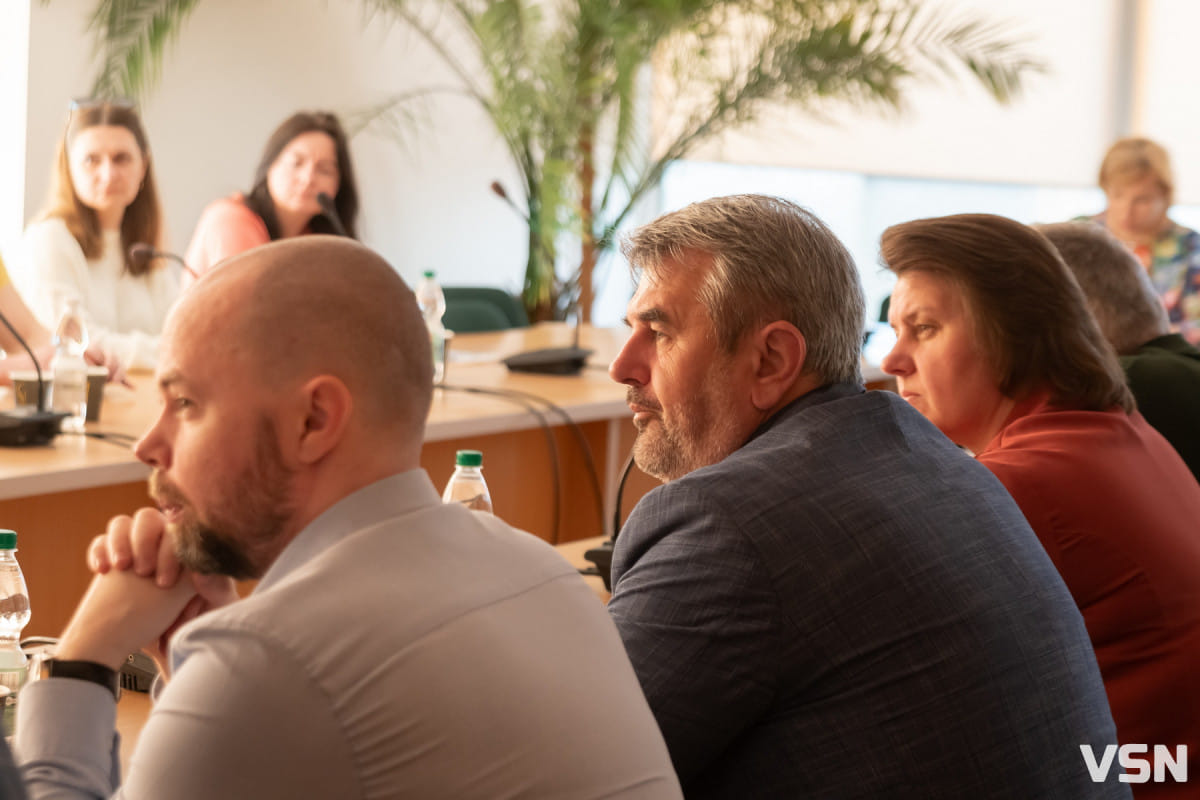
The enterprise also collaborates with local authorities and the public to implement environmental initiatives and nature conservation programs. “VPR” is known for its openness to cooperation with environmental organizations and the public to jointly address environmental protection issues.
Thus, “VPR” not only ensures the extraction of amber and peat but also takes a responsible approach to natural heritage, caring for environmental preservation and creating sustainable ecological practices in its activities.
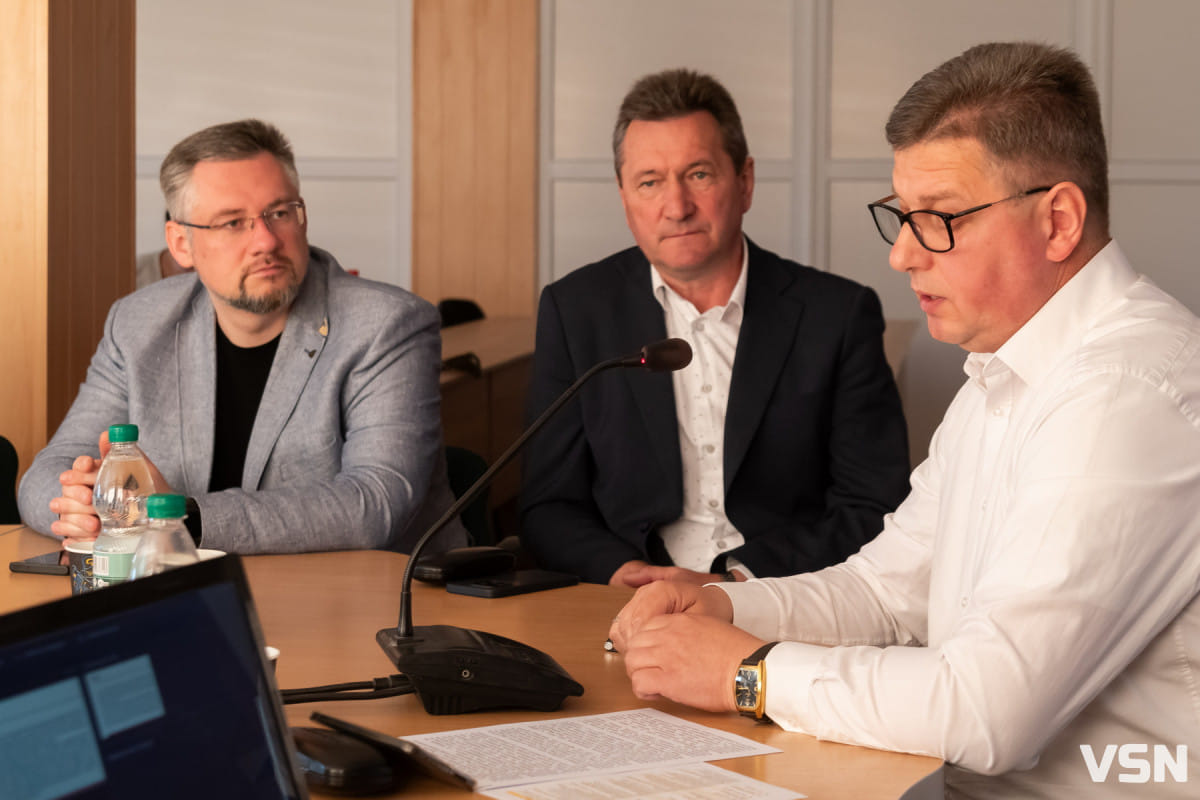
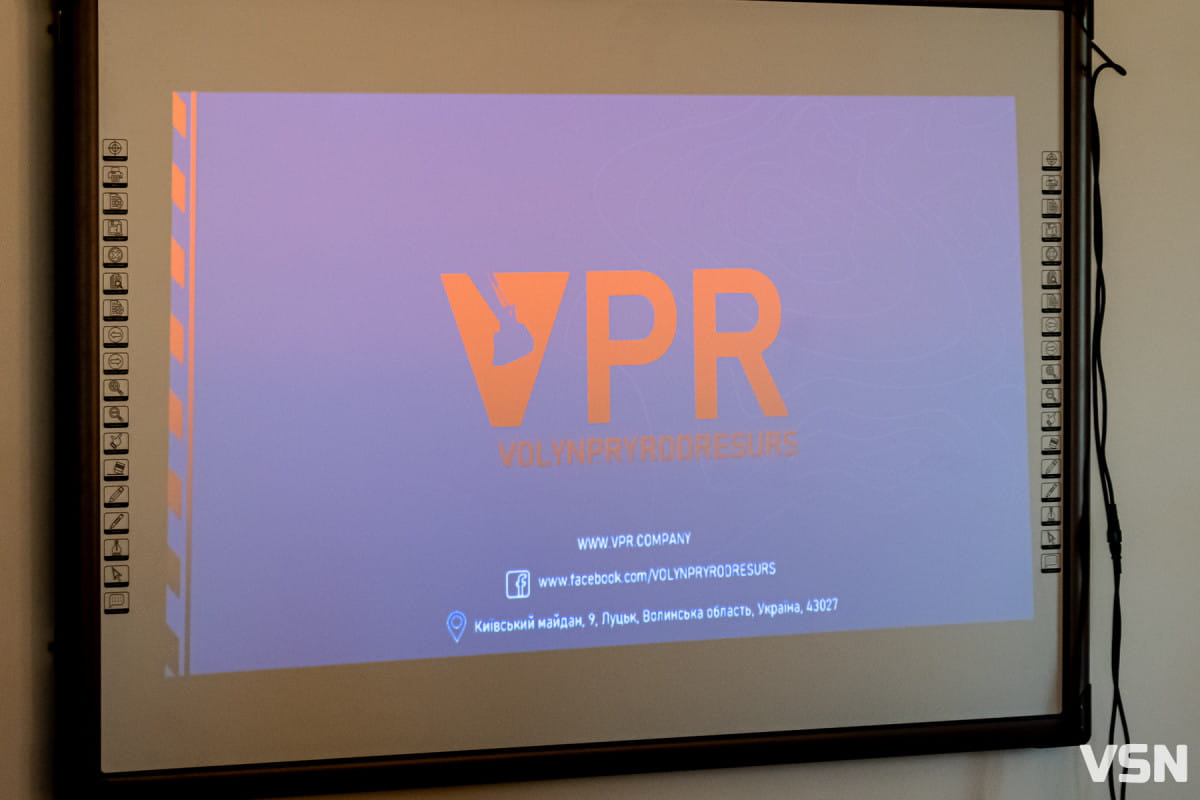
SOURCE: Волинська Служба Новин
